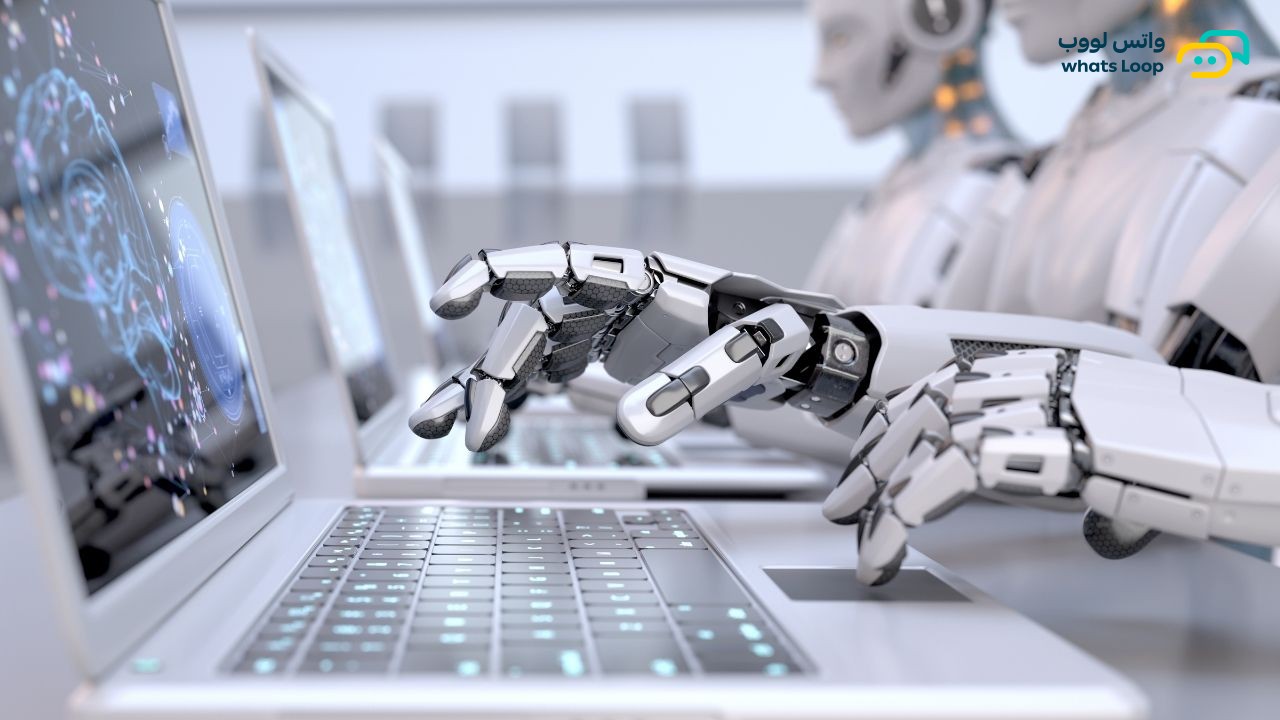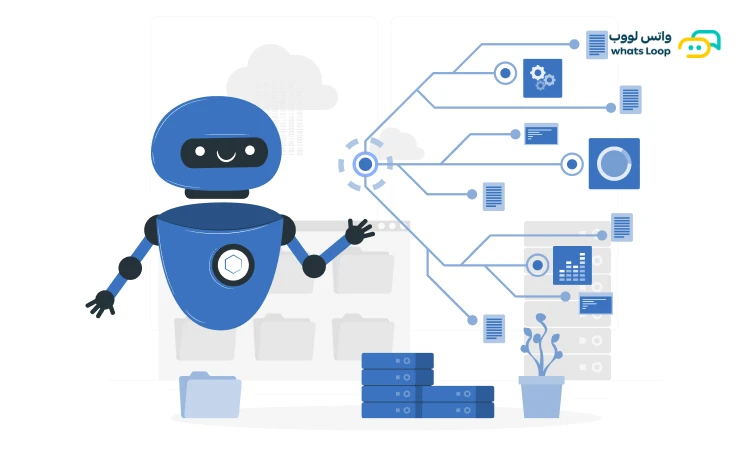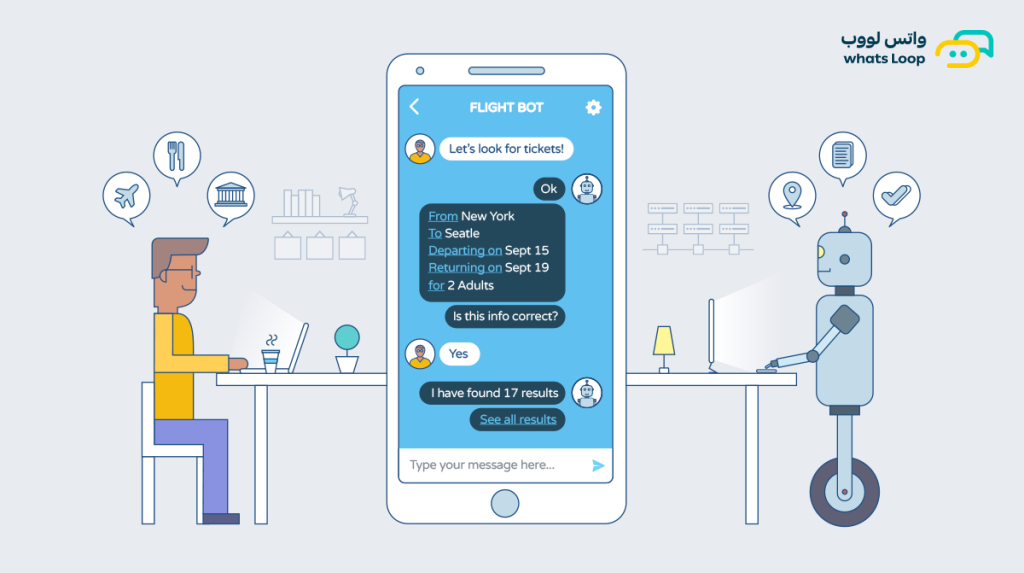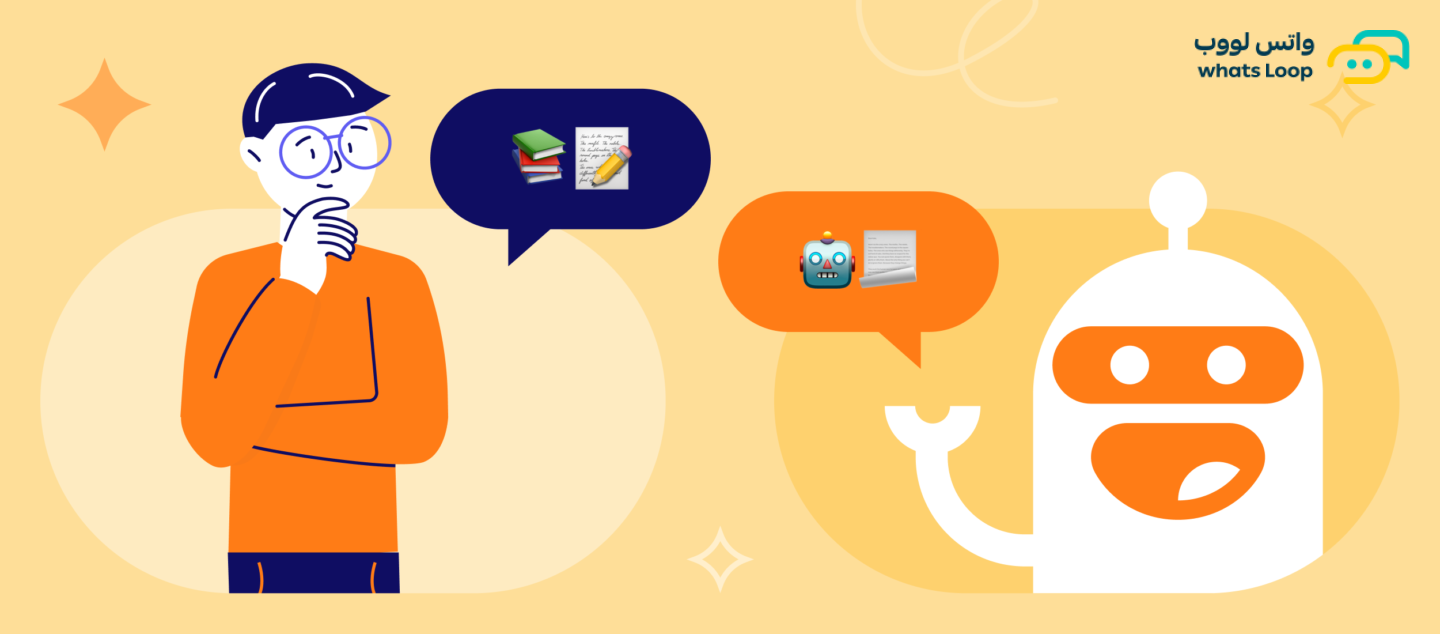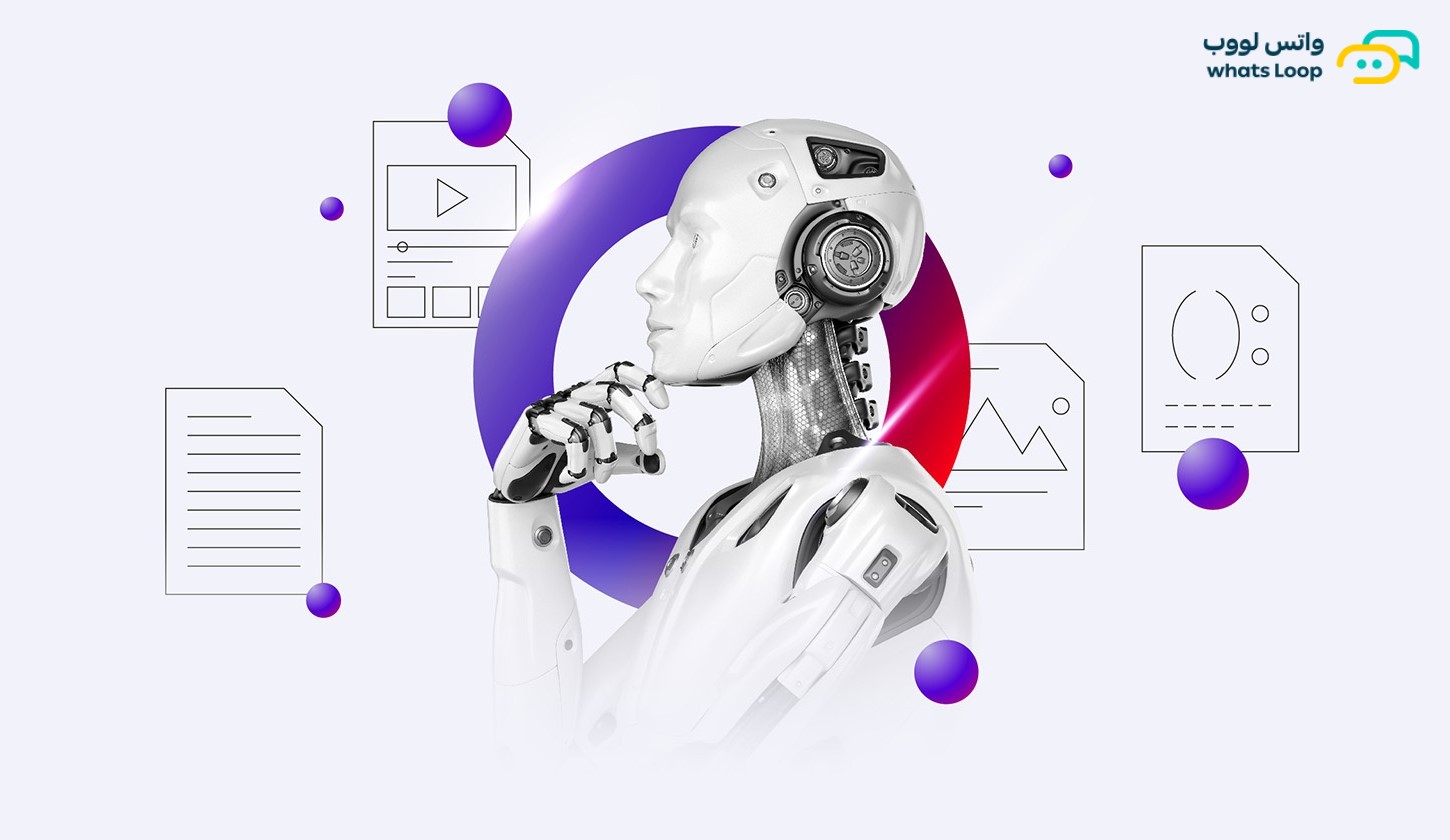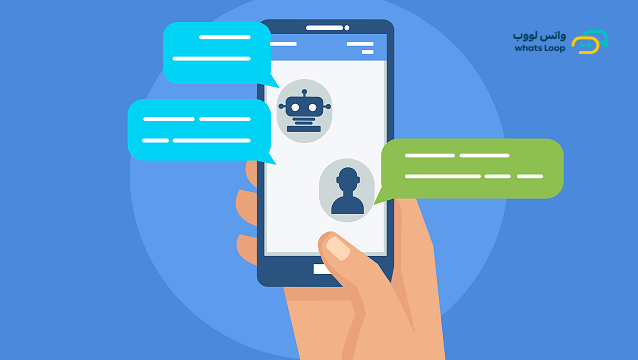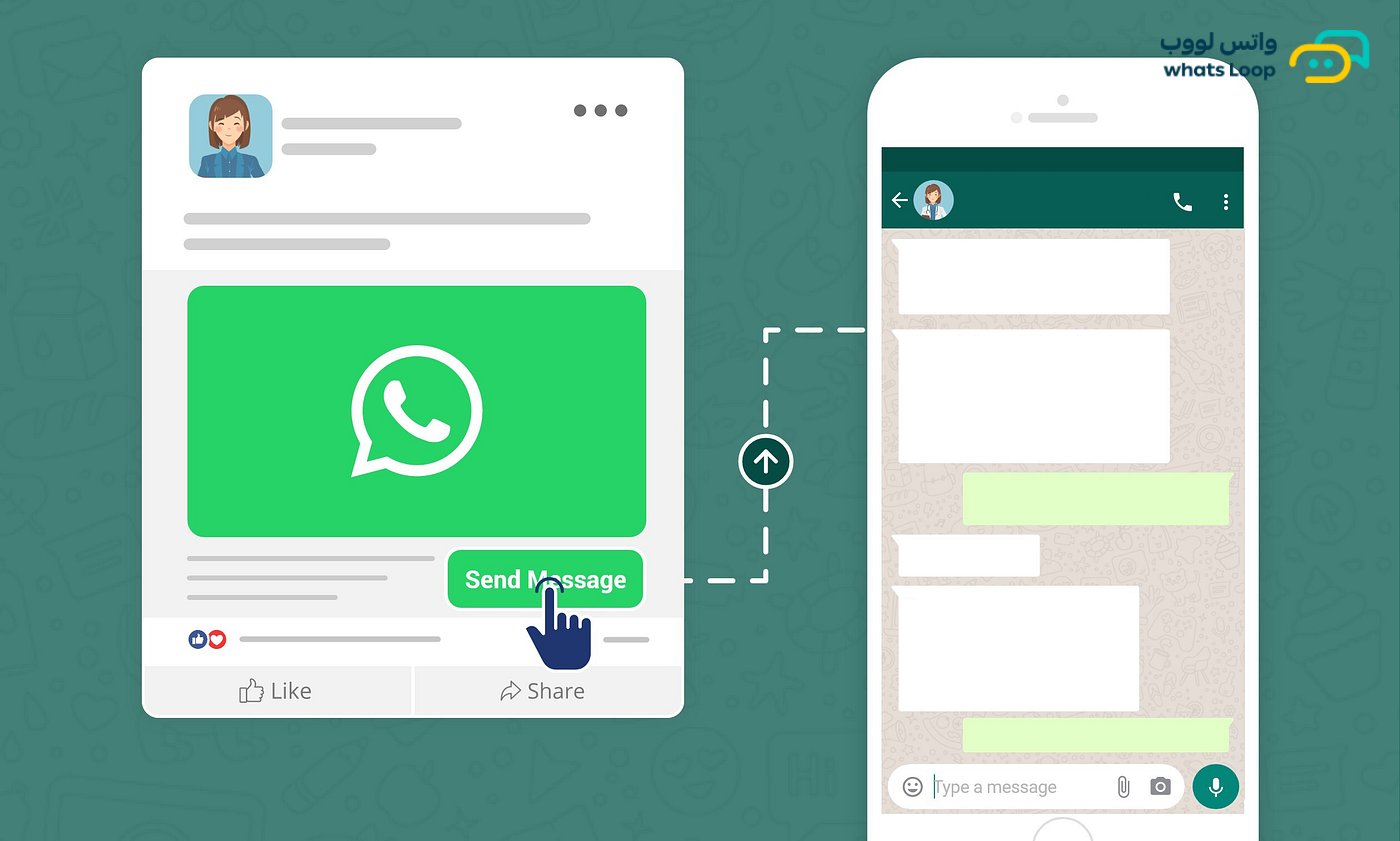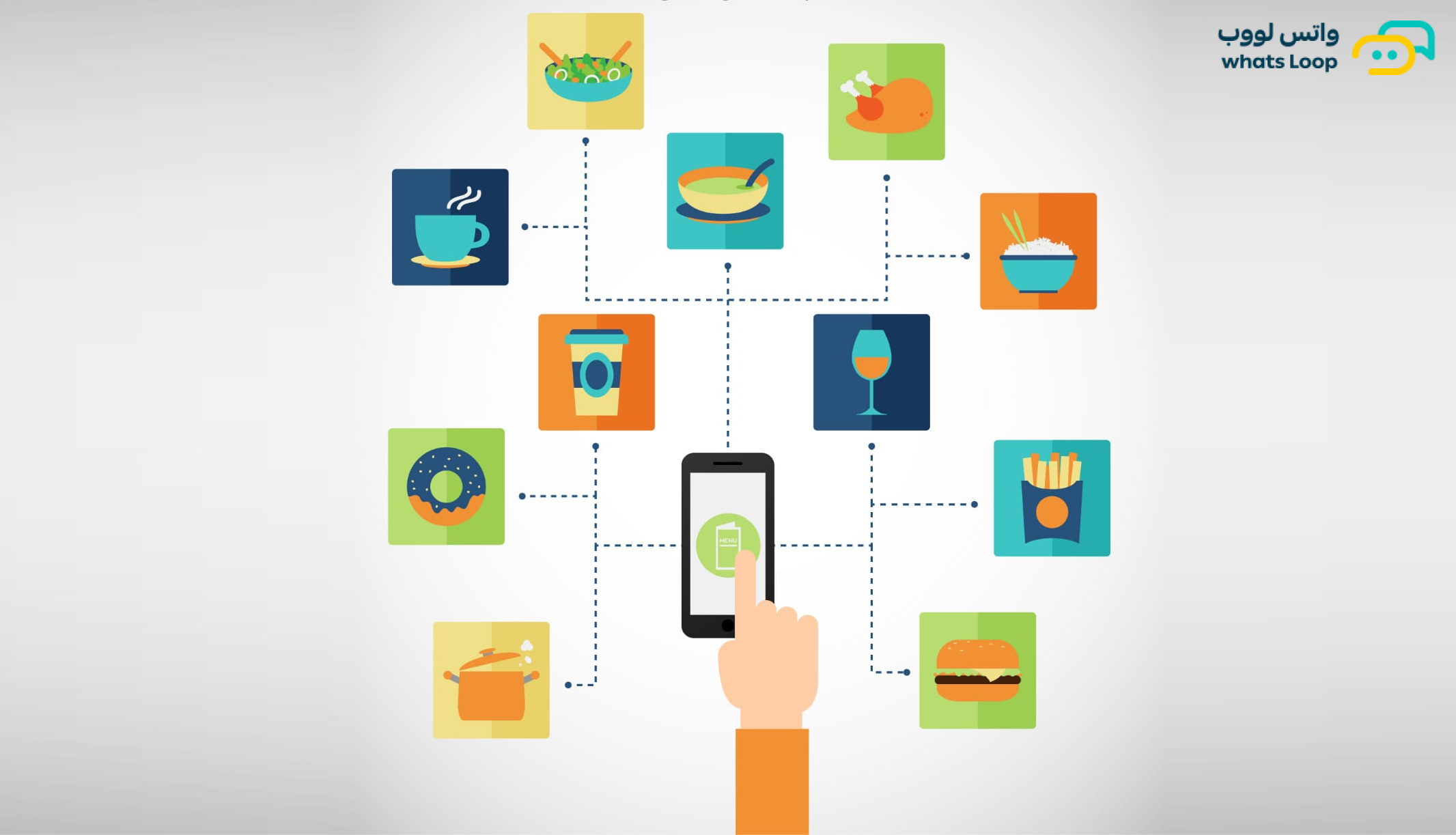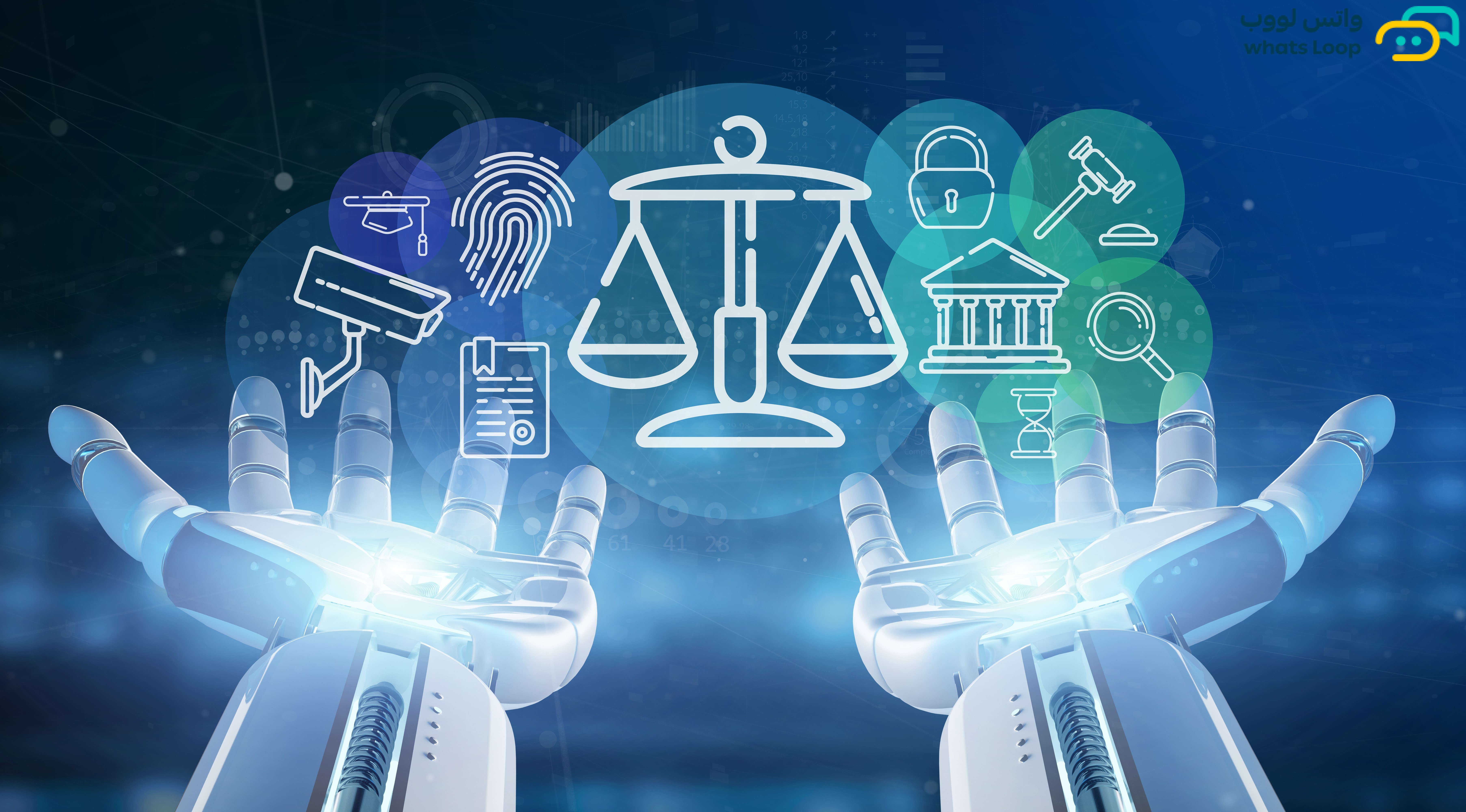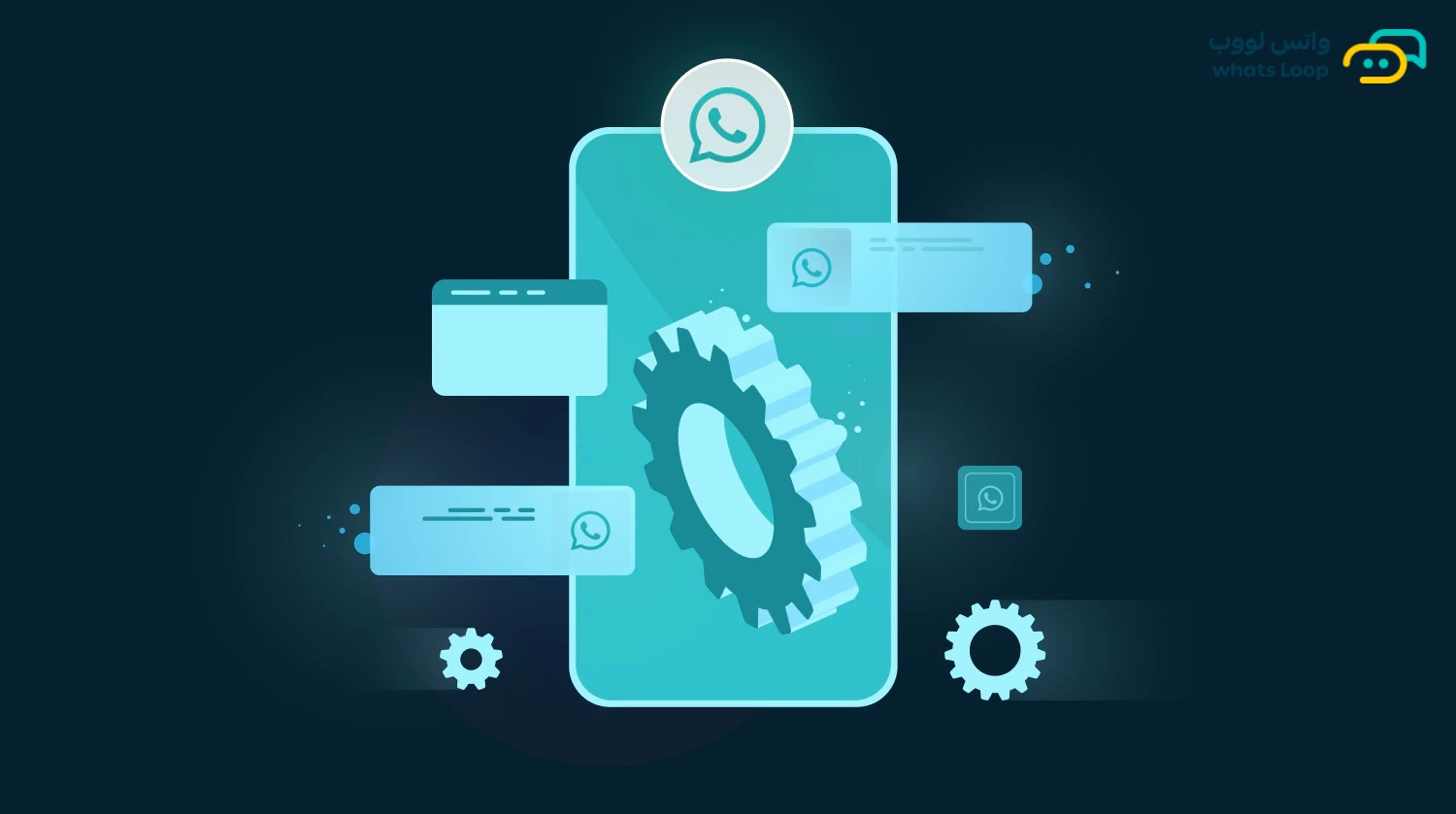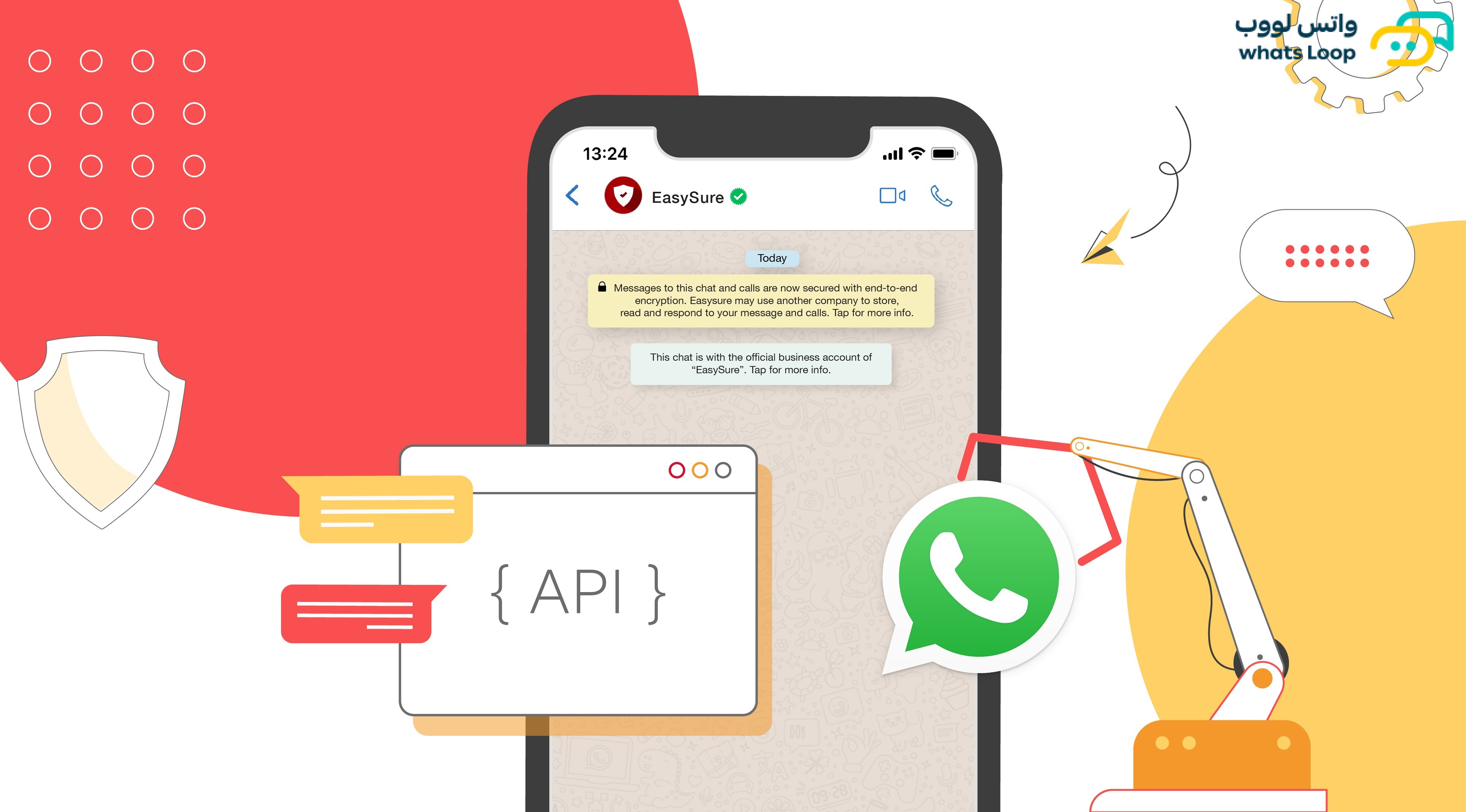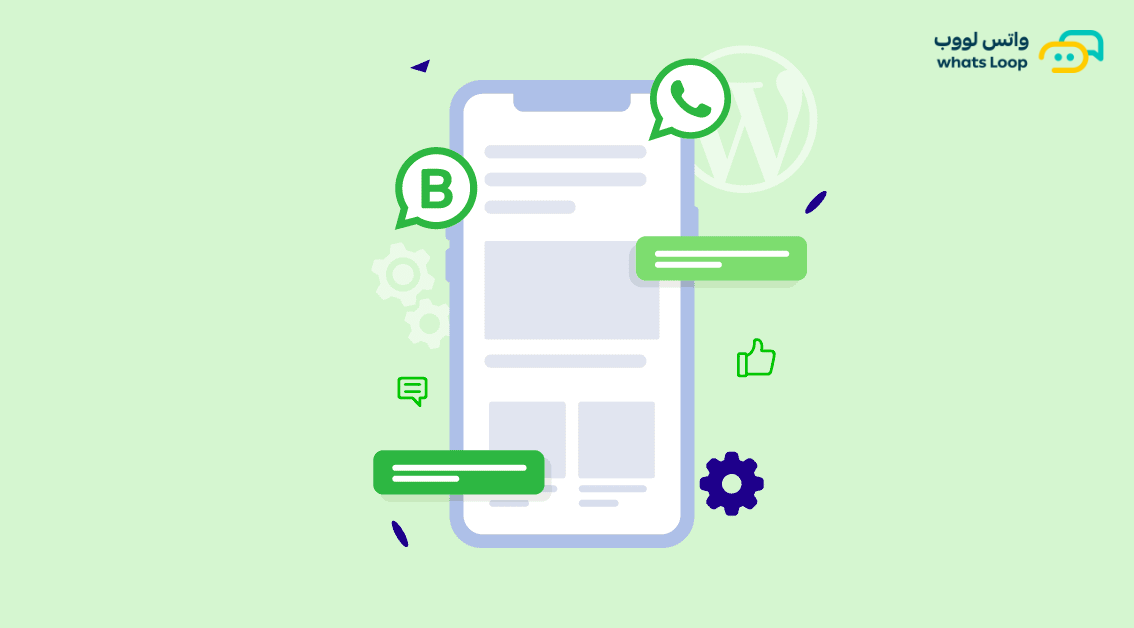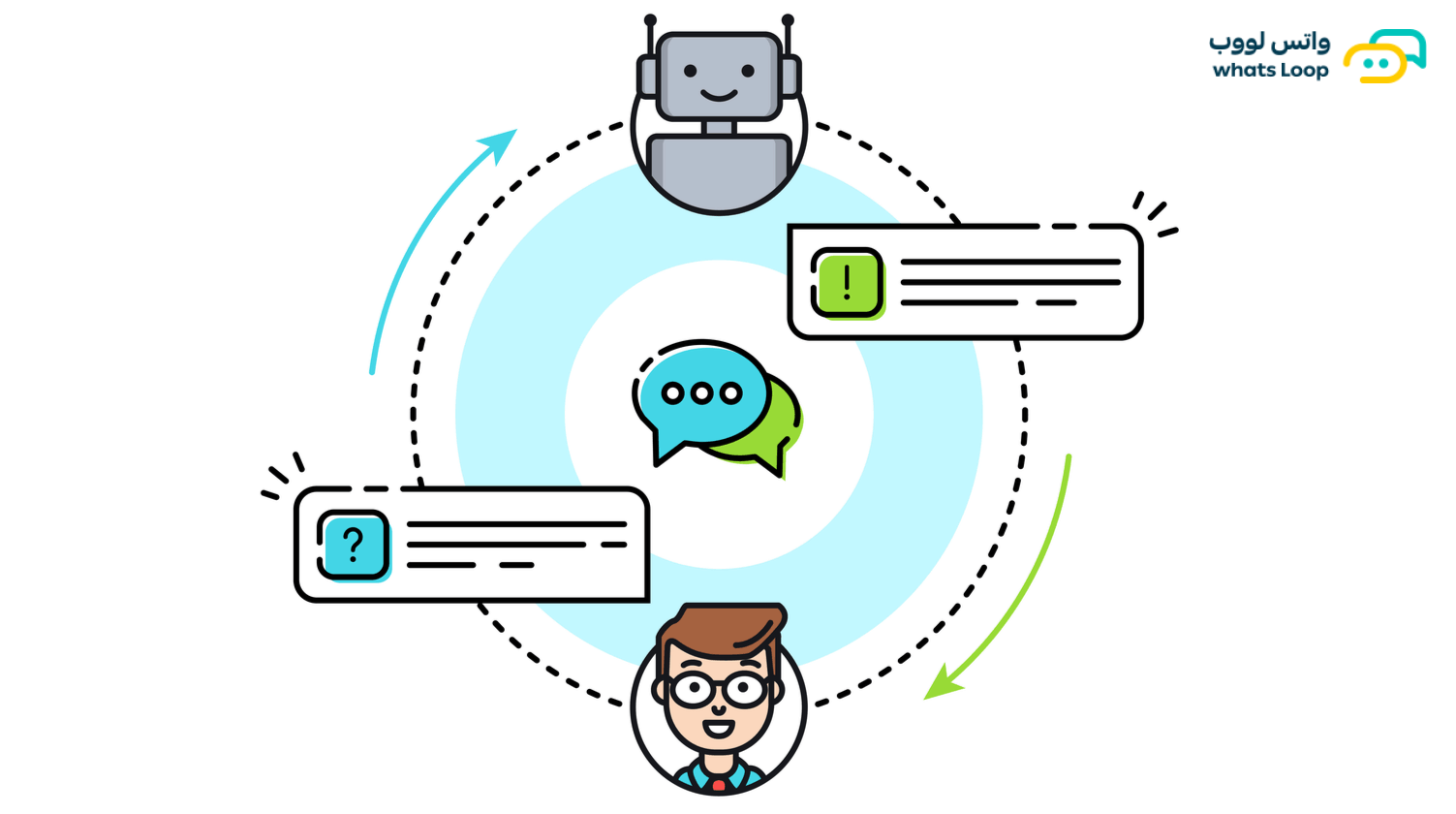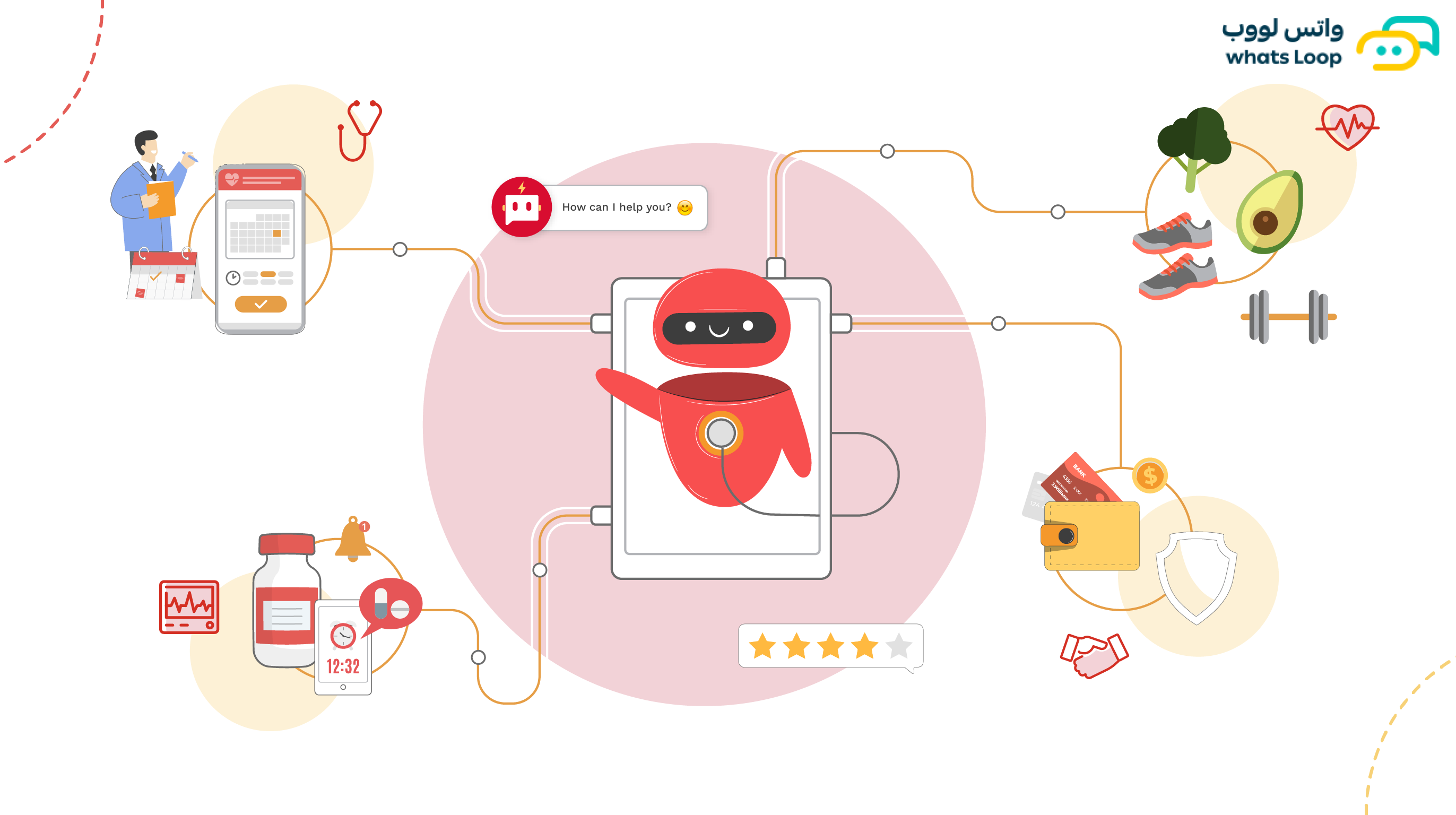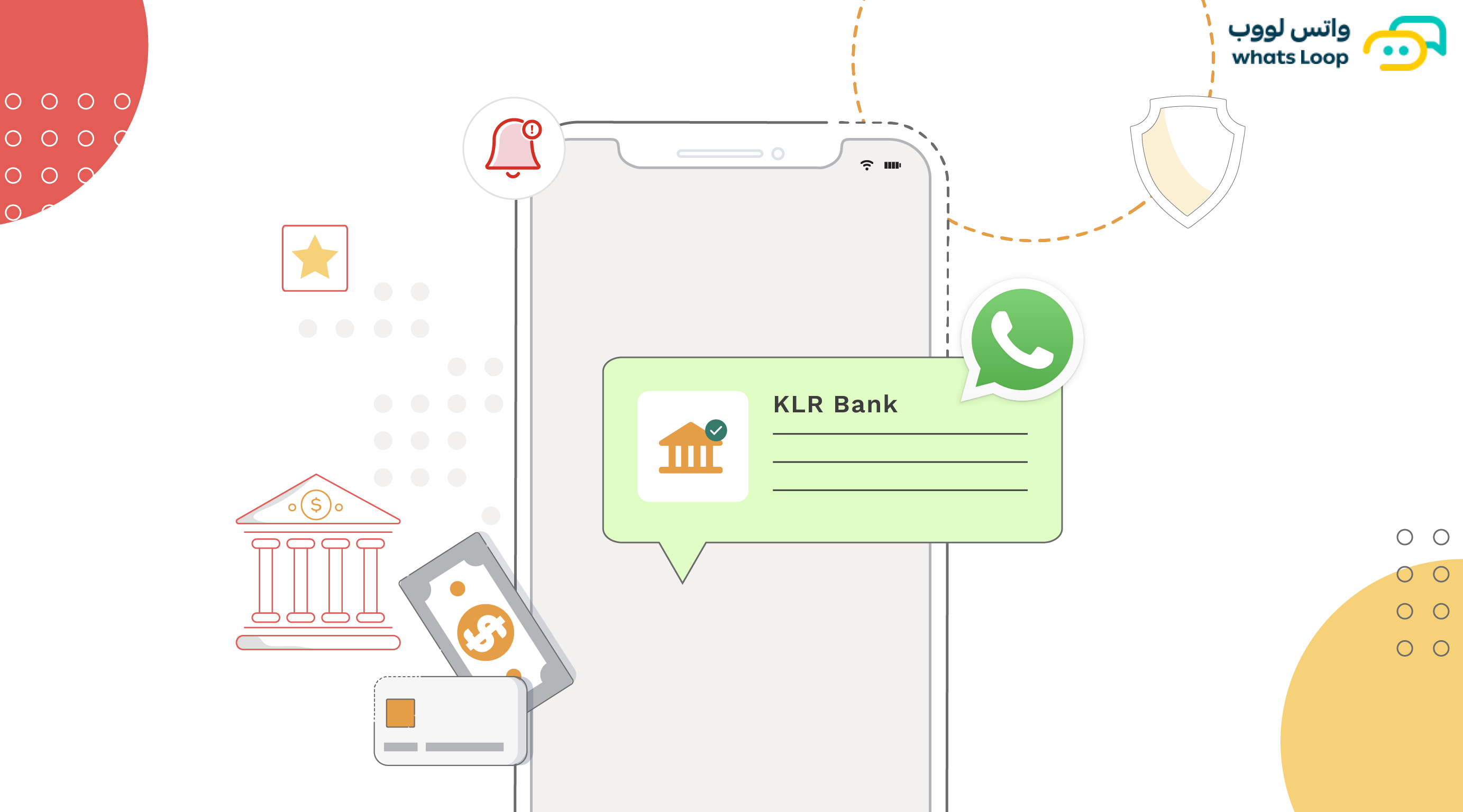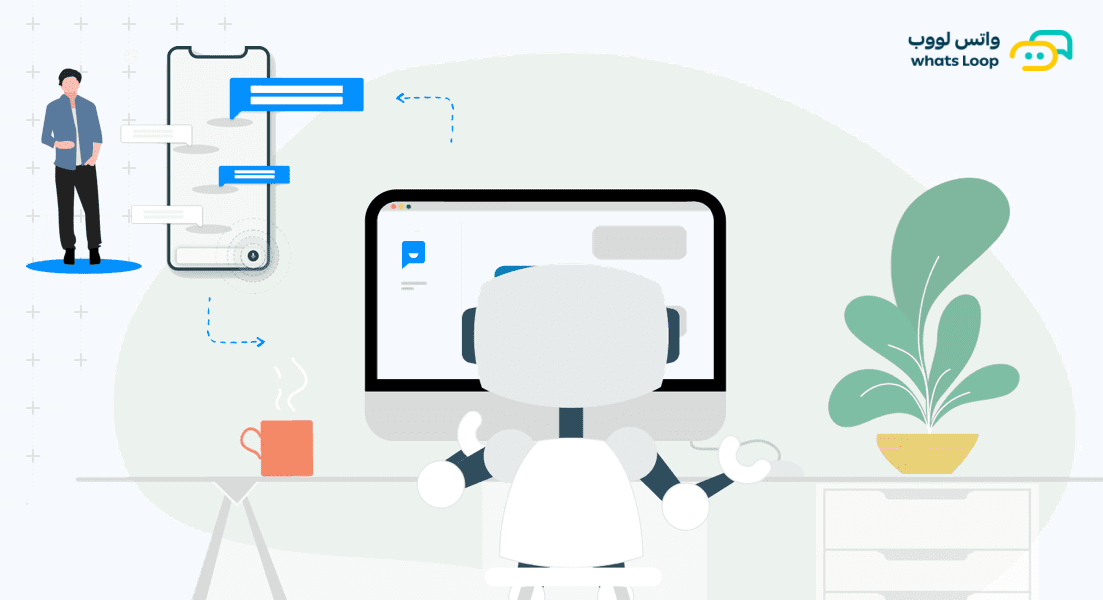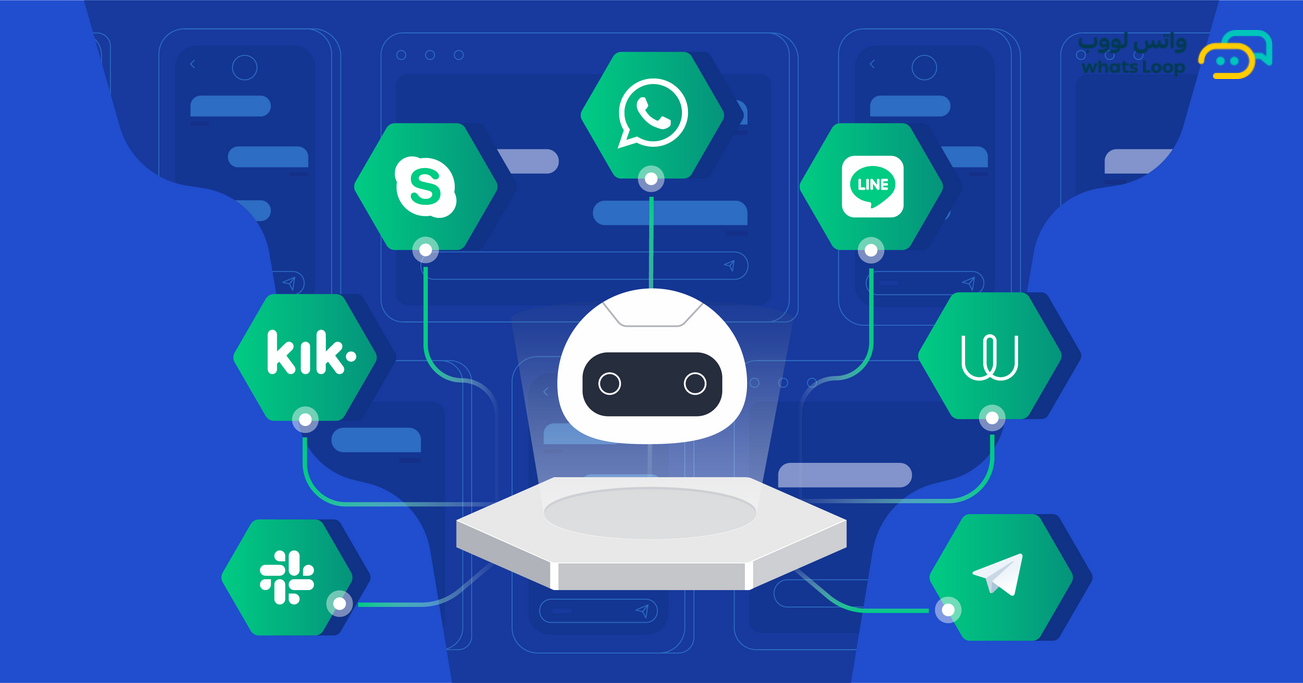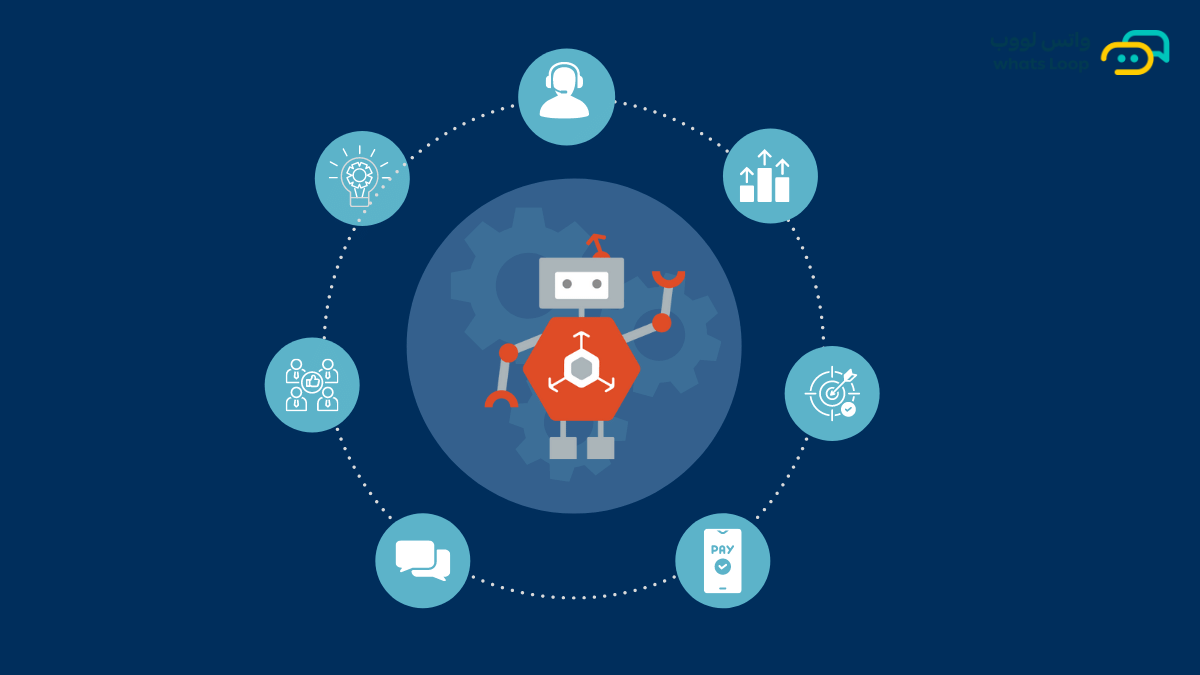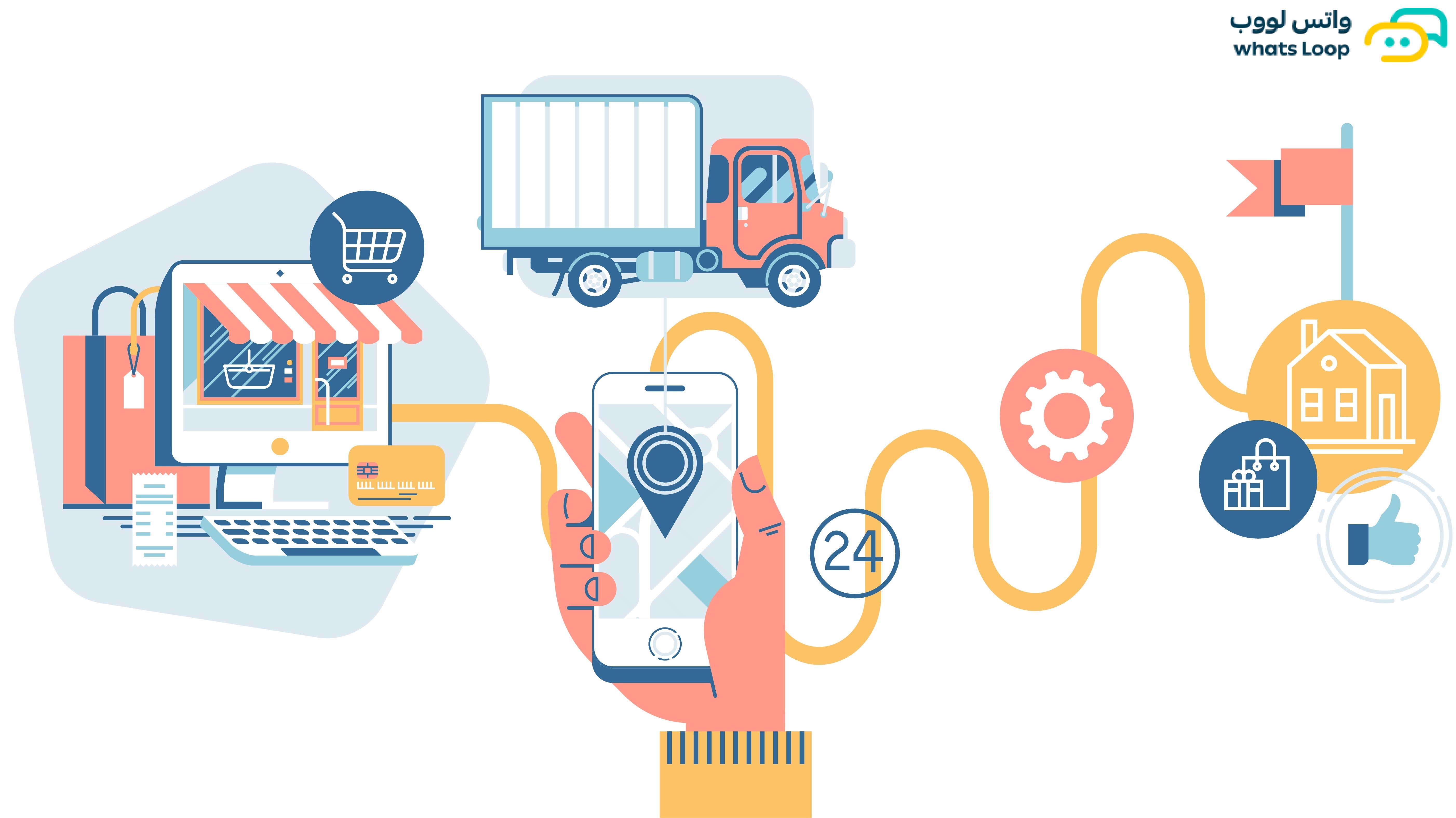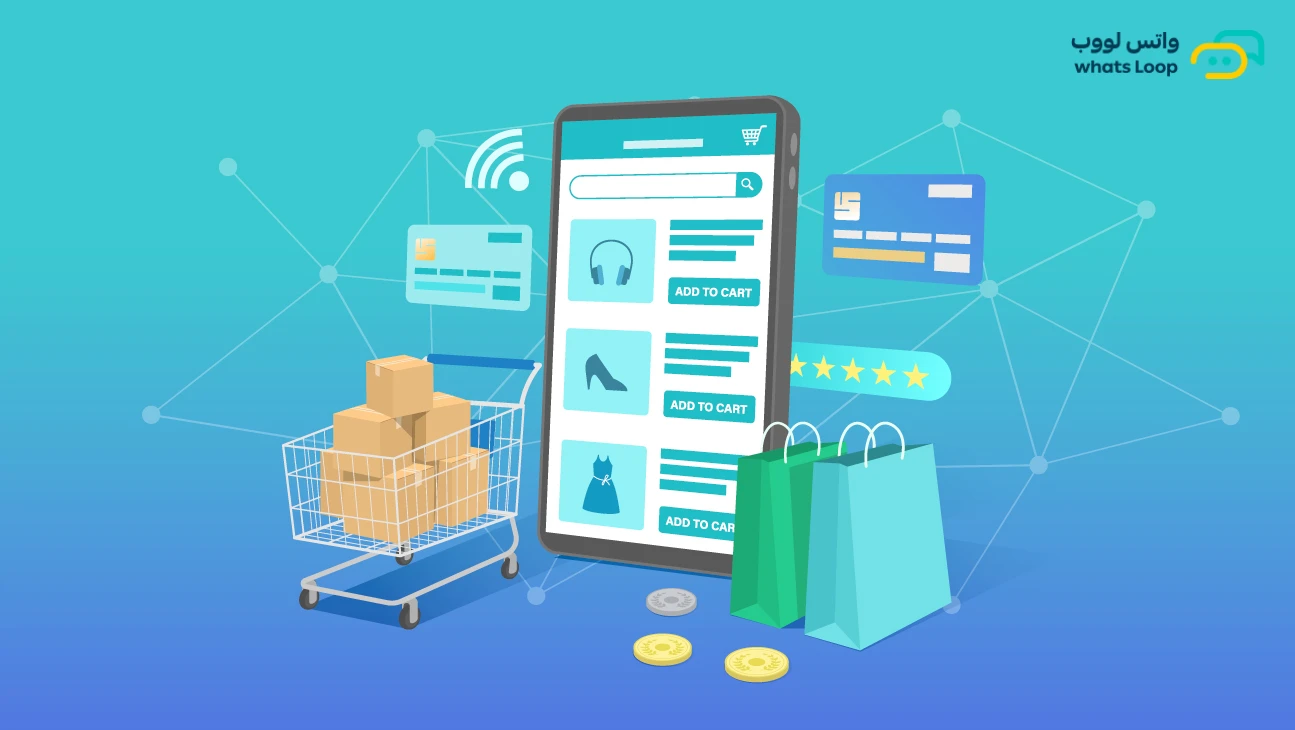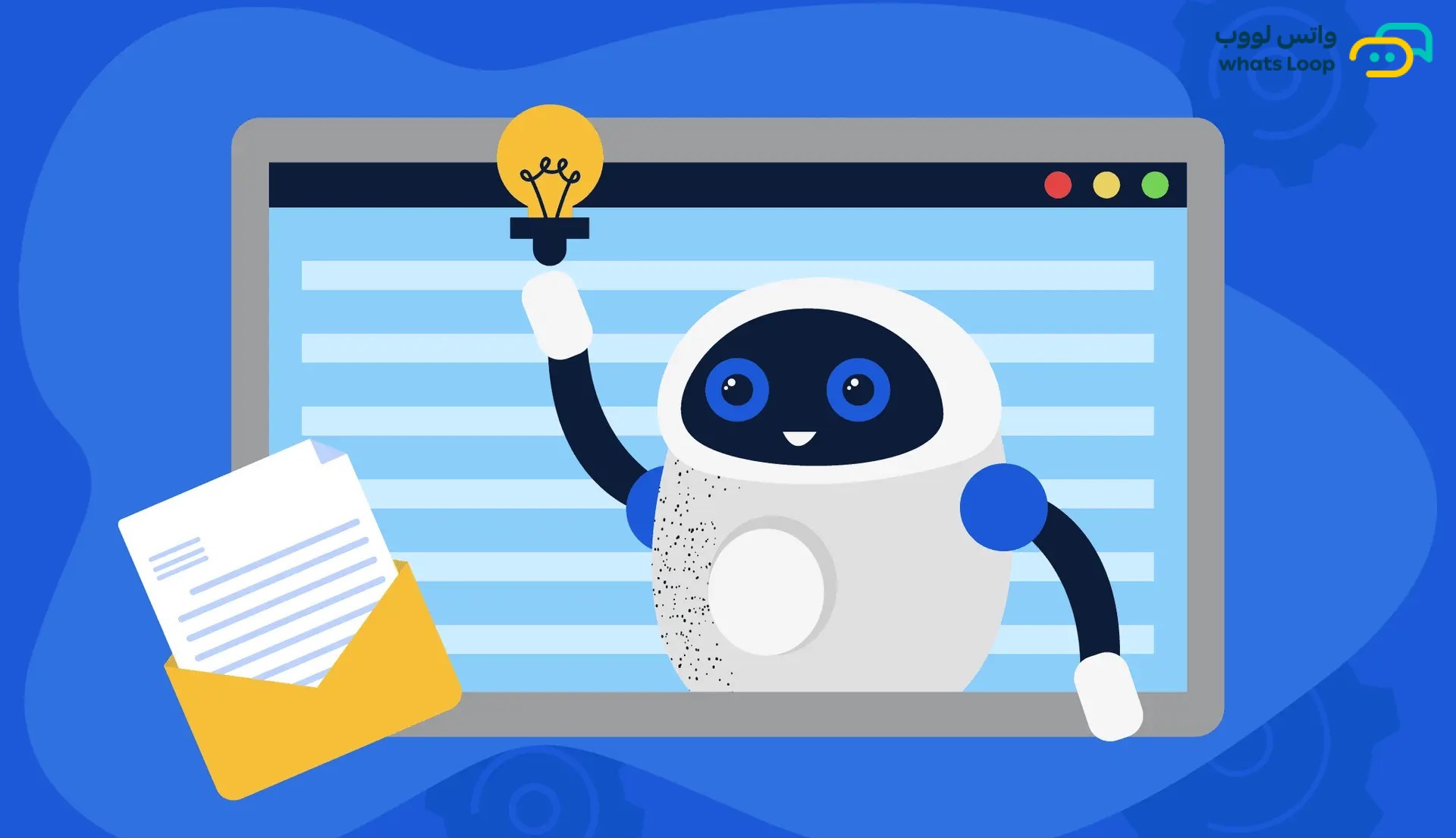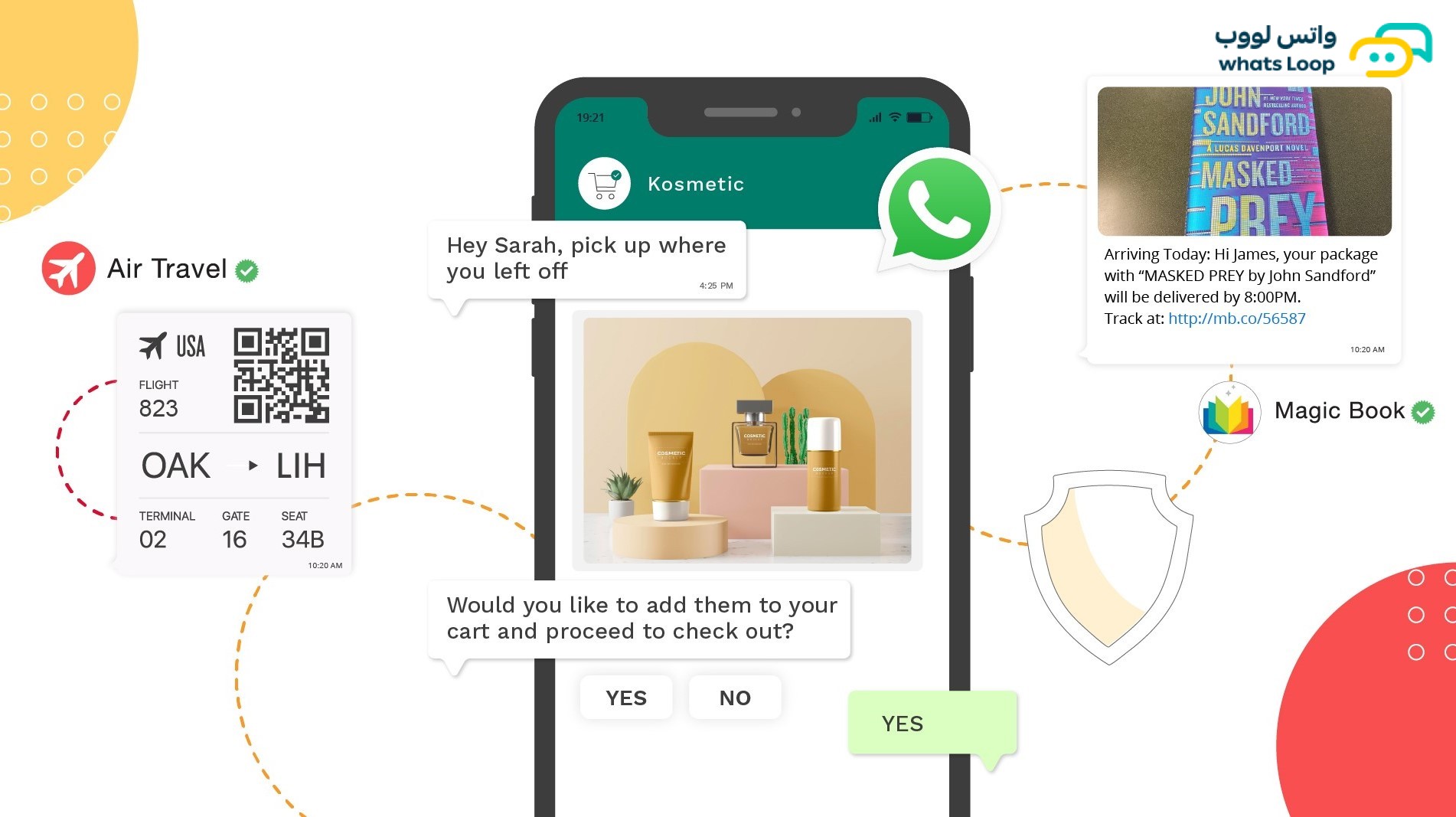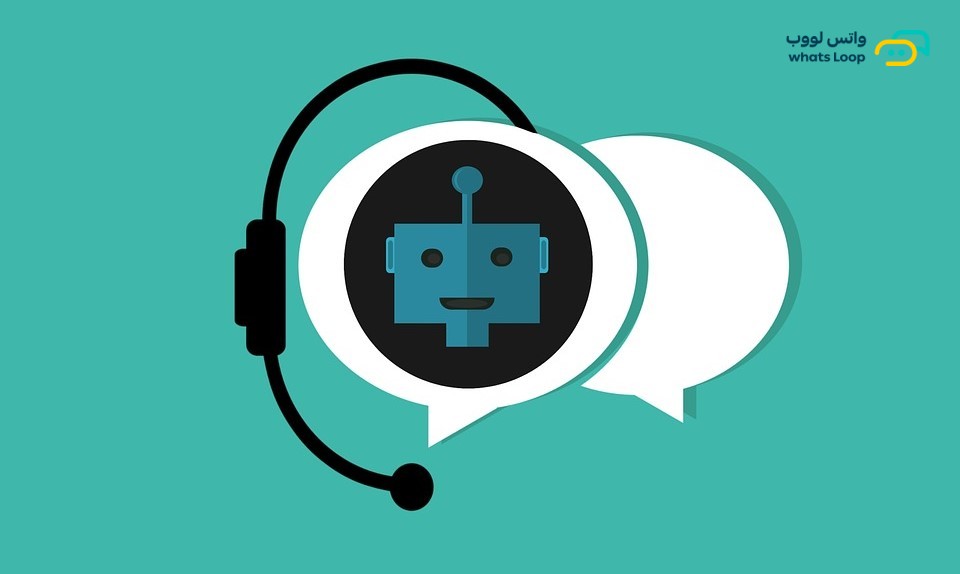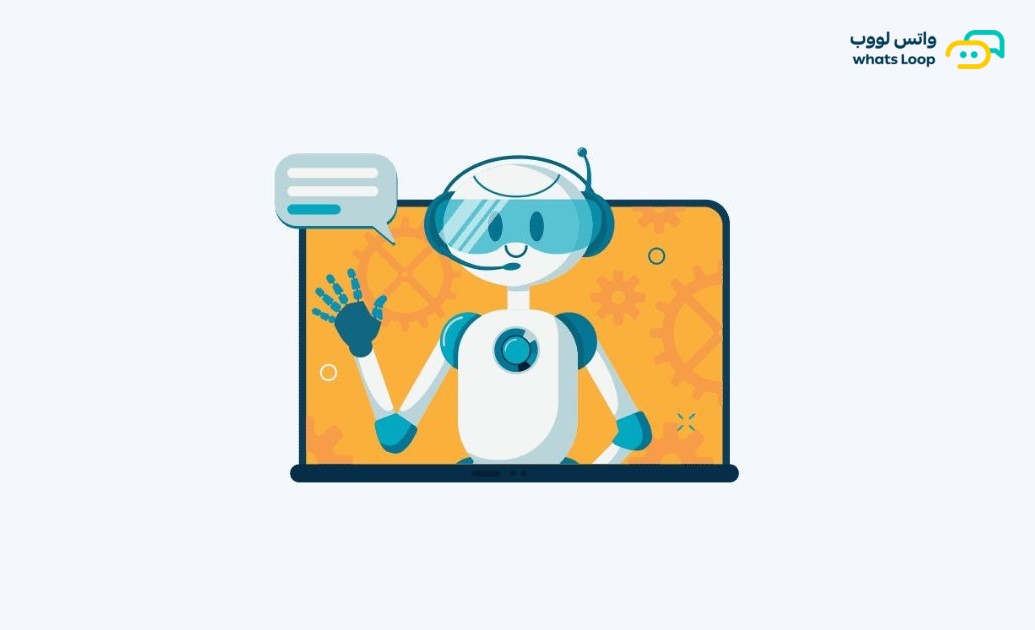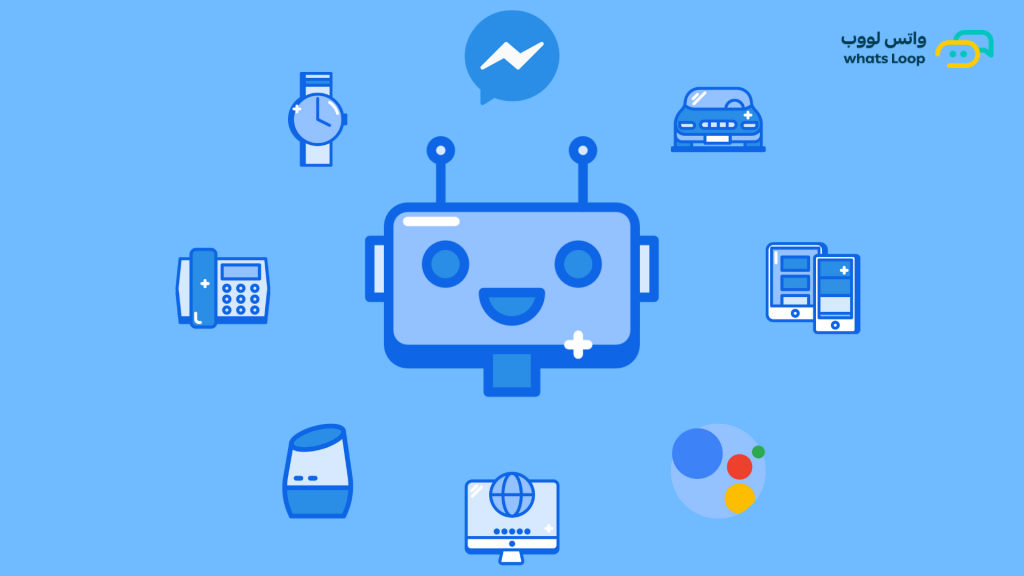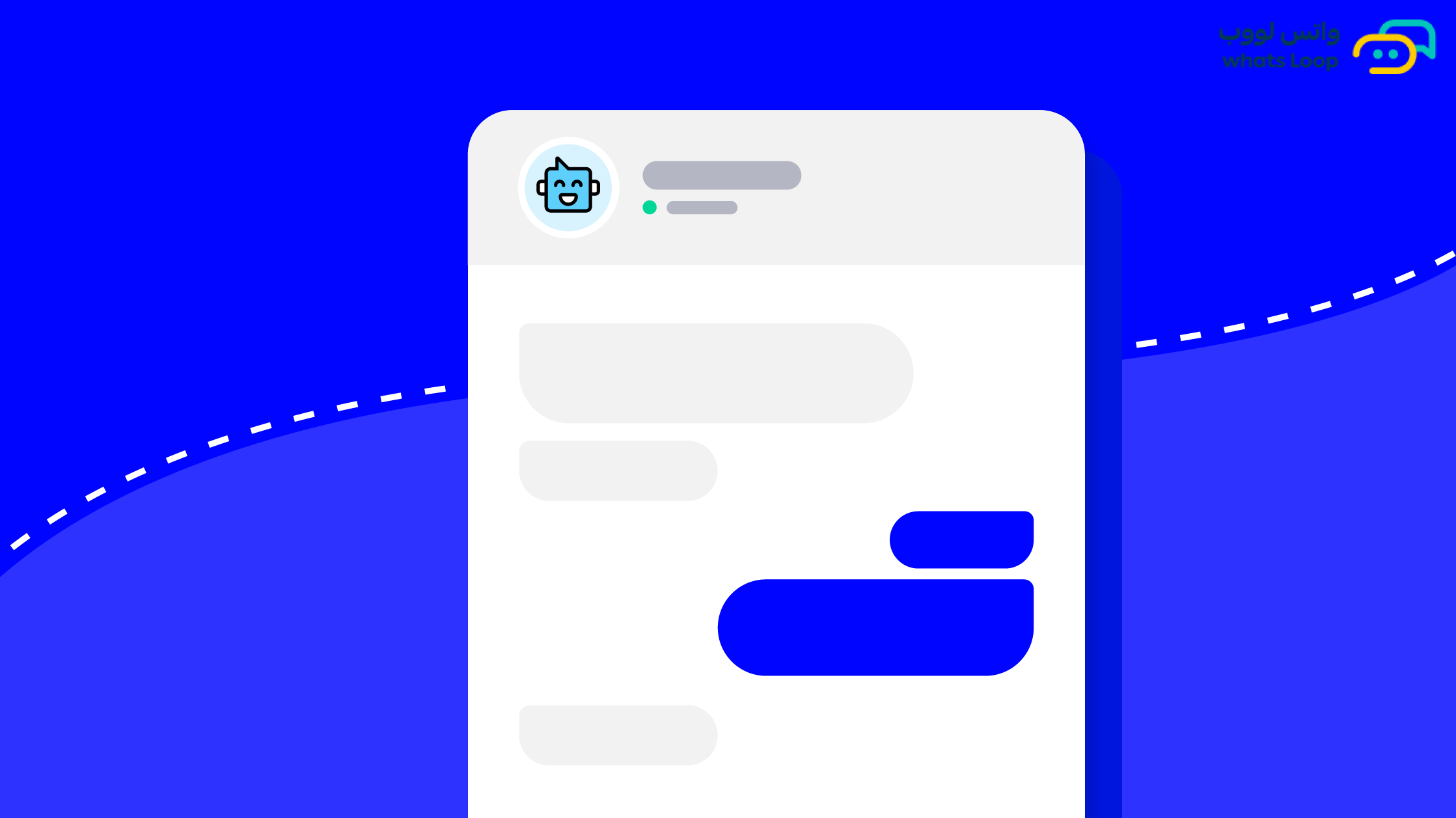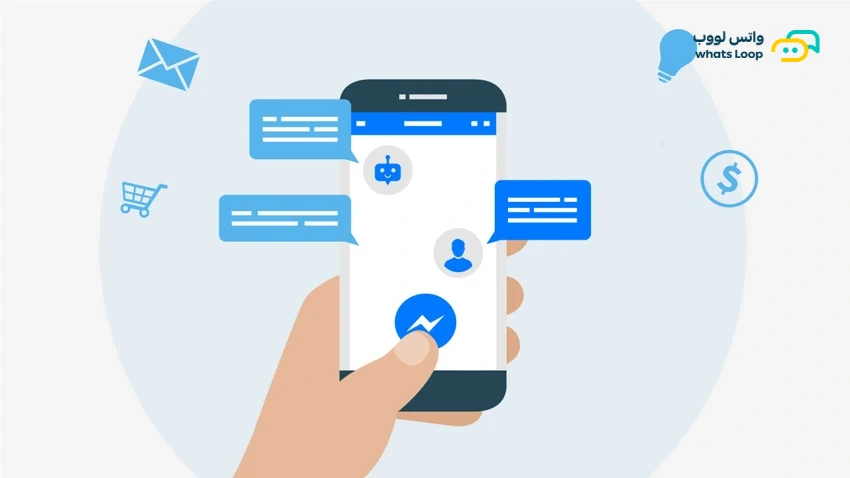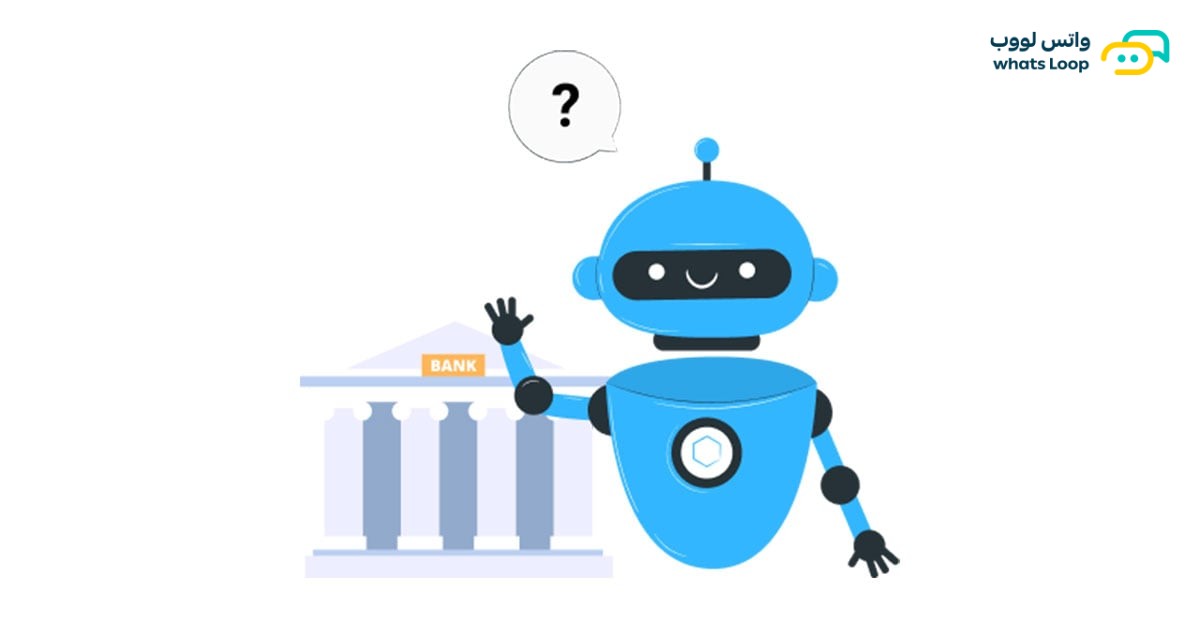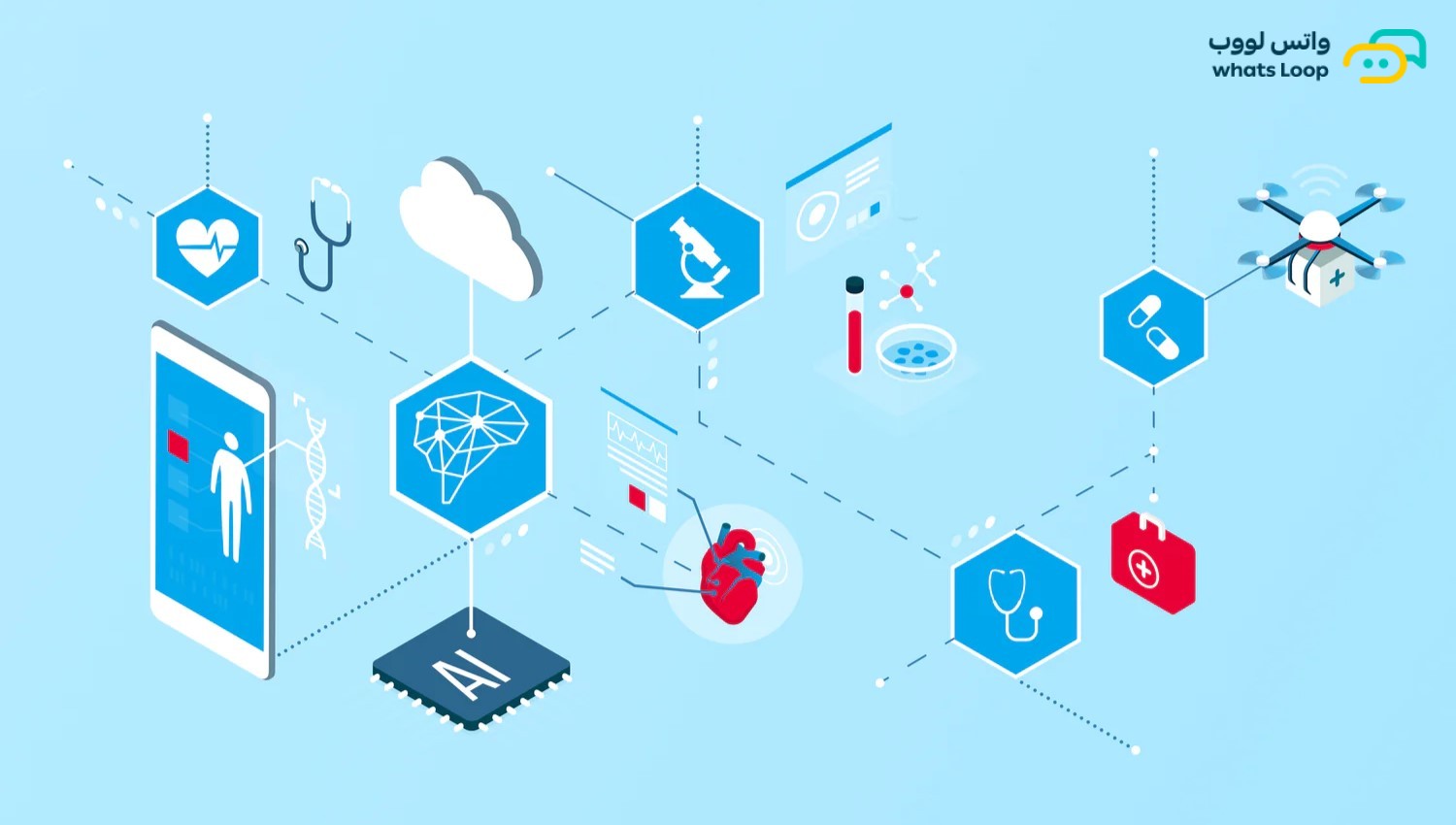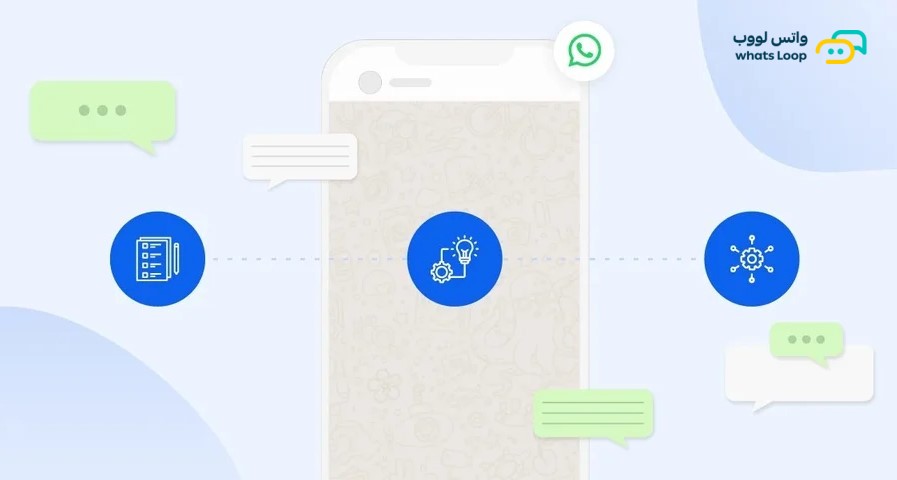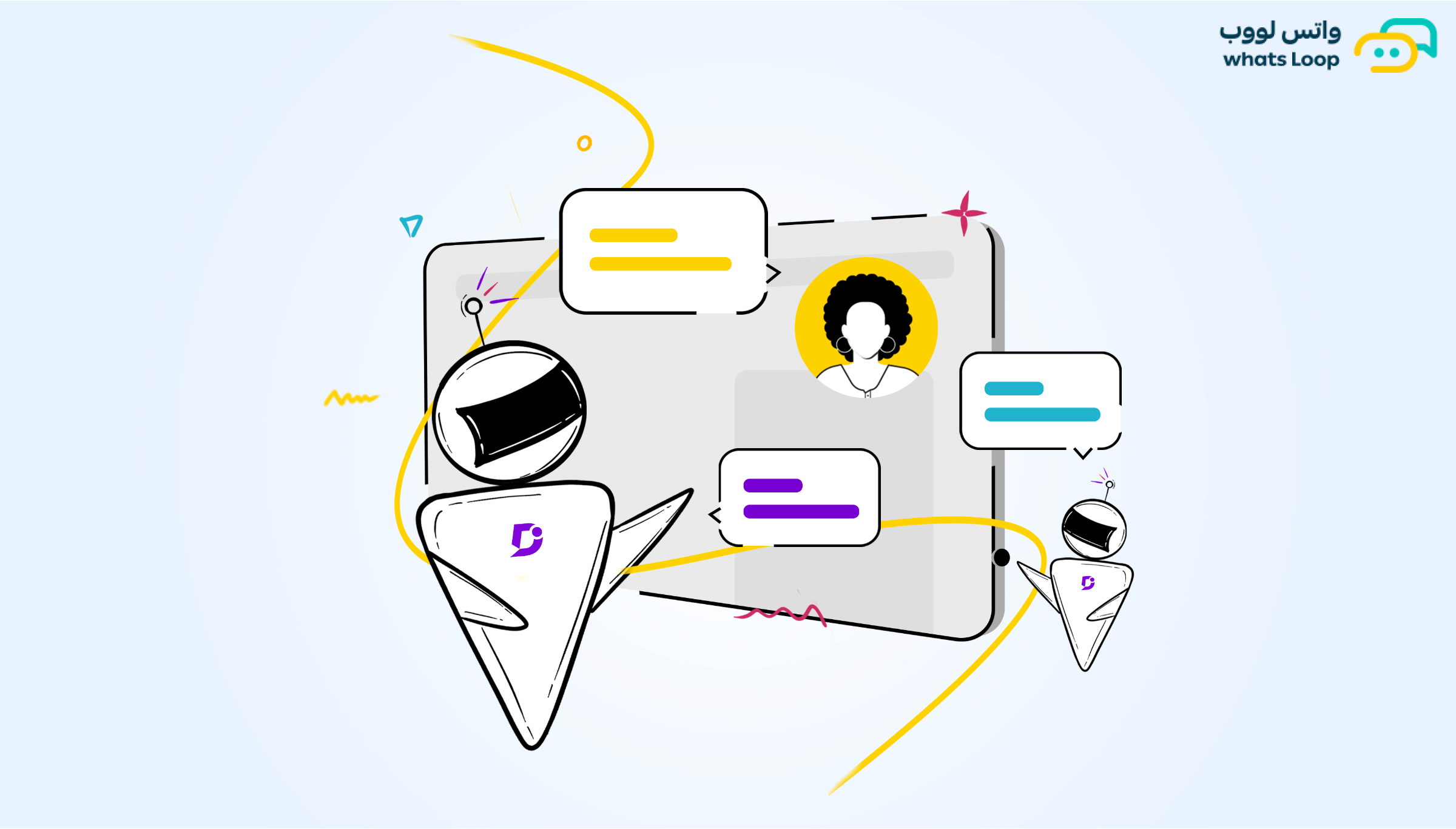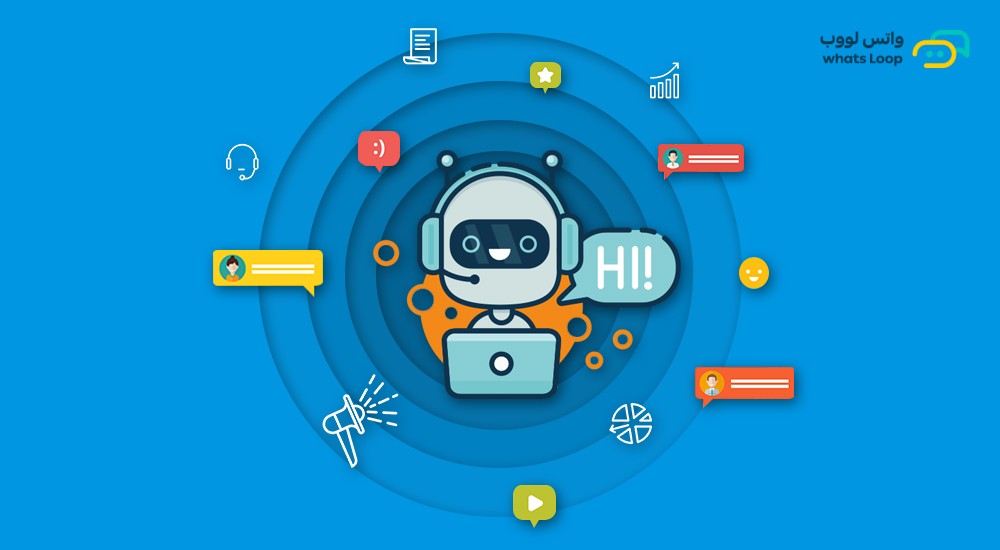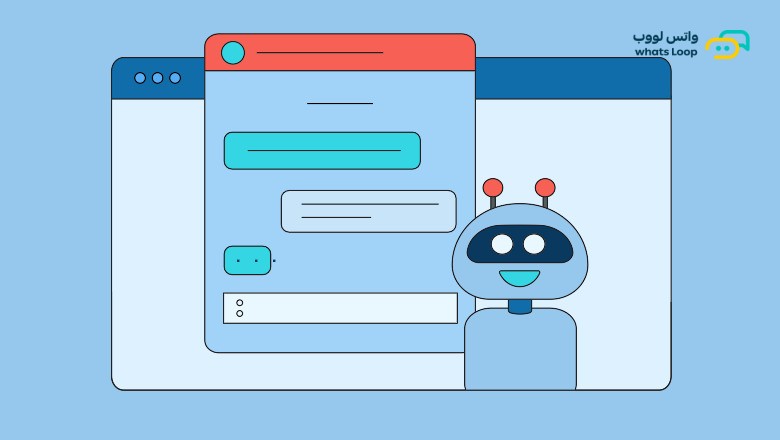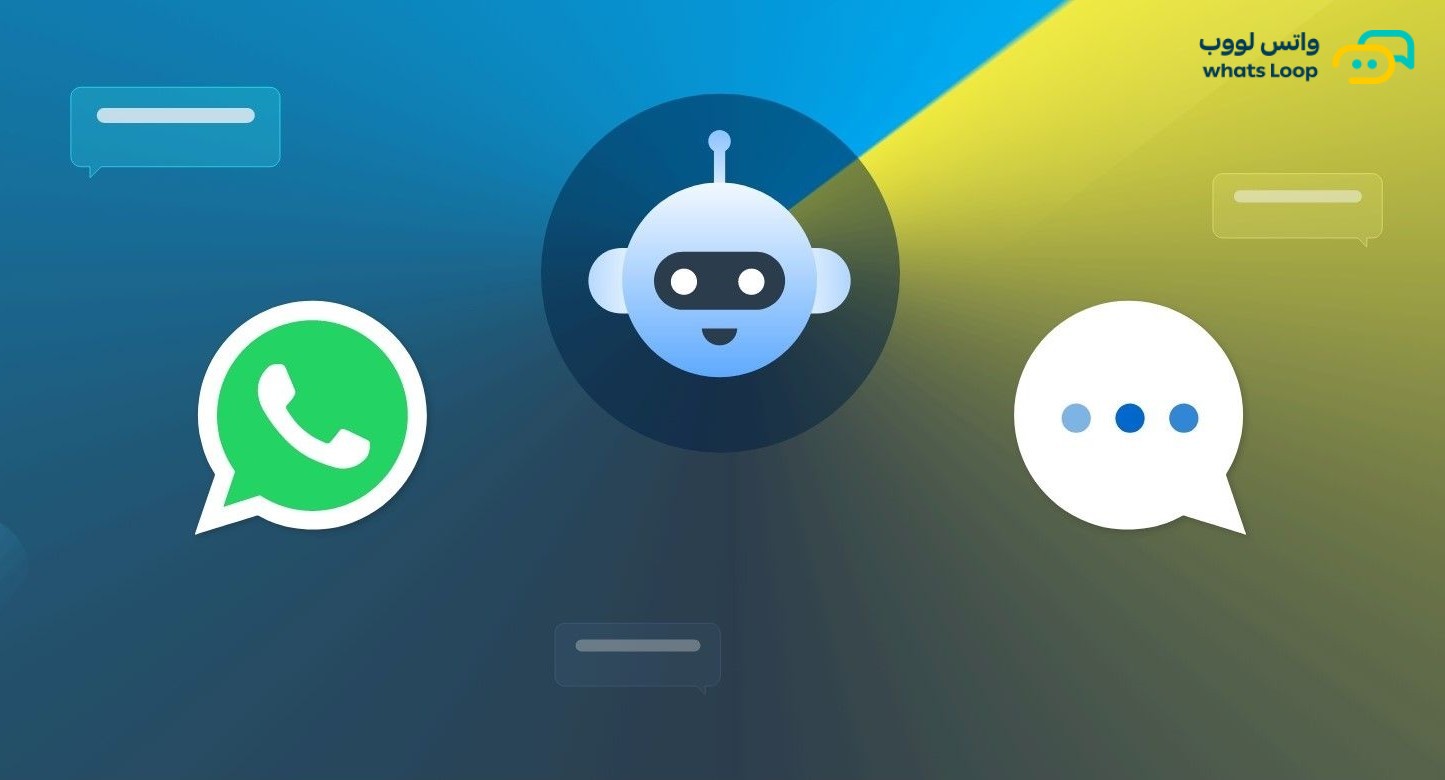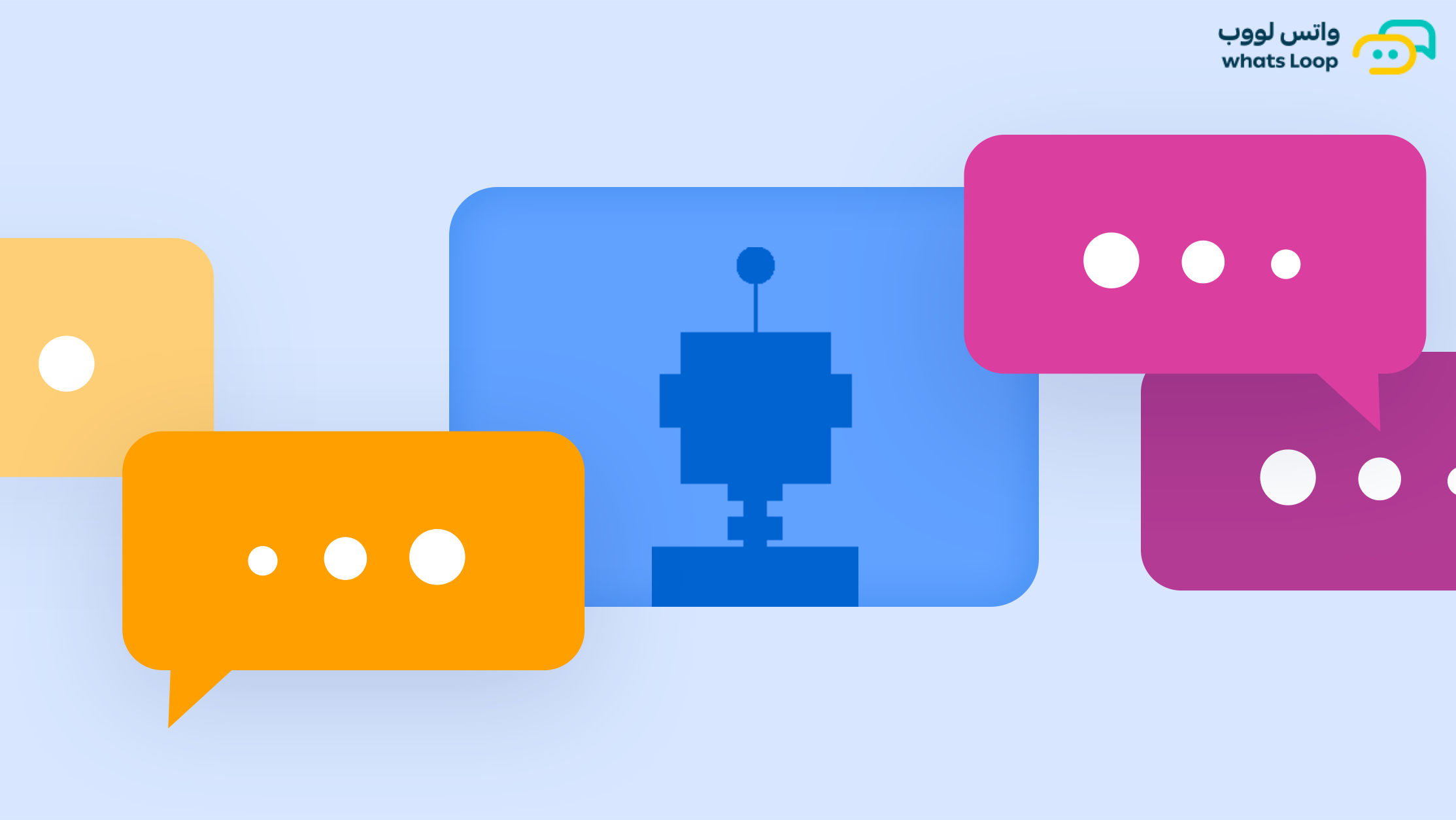Technology is an evolving field that offers a solution to many of the challenges we face in our daily lives. Among this cutting-edge technology stand out chatbot applications, which are an essential part of the interaction between humans and machines. In this article, we will review 5 benefits of chatbot that you should be aware of.
1. Improve customer experience:
Chatbots can improve the customer experience by providing instant and accurate answers to their queries. Chatbots can also direct customers to the required information quickly, reducing search time and increasing customer satisfaction.
2. Increase business efficiency:
By using chatbots in day-to-day operations, businesses can increase their efficiency. Chatbots can perform repetitive tasks faster and more accurately than humans, allowing employees to focus on value-added tasks.
3. Save time and effort:
The chatbot responds to inquiries and accomplishes tasks automatically, saving significant time for users. No need to wait in technical support queues or long cross-site searches for information.
4. Increase social interaction:
Chatbots can encourage social interaction by using it in social media platforms. Chatbots help activate conversations and attract the attention of the audience.
5. Data Analysis and Decision Making:
Chatbots can collect and analyze data from conversations, helping to understand customer needs and guide the company towards improving services and making better decisions.
In conclusion, it appears that the use of chatbot allows businesses and individuals to benefit from many benefits, ranging from improving the customer experience to increasing business efficiency. This technology is an essential part of our technological progress and promotes interaction between humans and machines.
Please review and adjust the content to your needs, and feel free to request any edits or additions.
1. Improve customer experience:
Chatbots can customize the customer experience by understanding their individual needs. Using AI techniques, chatbots can analyze context and understand natural language to provide accurate and personalized answers.
2. Increase business efficiency:
Chatbots can automate many routine tasks such as reporting and inventory tracking. This reduces human errors and increases the efficiency of daily operations.
3. Save time and effort:
Instead of manually searching for information, chatbots can save time by directing users to the right pages or providing direct answers.
4. Increase social interaction:
Chatbots can organize polls or contests via social media, encouraging public engagement and stimulating interaction.
5. Data Analysis and Decision Making:
Chatbots can collect data about user interaction and use it to provide analytical reports. These reports can be valuable in making strategic decisions and improving services.
1. Improve customer experience:
Chatbots can provide a unique experience for each customer through the use of data analysis and machine learning techniques. Chatbots can analyze customer preferences and purchase history to make more accurate and effective suggestions. For example, if a customer talks about their interest in sports, chatbots can provide personalized information about sports products or even direct them to special offers in this field.
2. Increase business efficiency:
Chatbots can improve business efficiency by performing repetitive tasks quickly and accurately. For example, in a business environment, chatbots can track the status of projects and provide periodic reports to managers without the need for human intervention. This saves time and effort and allows employees to focus their efforts on the most strategic tasks.
3. Save time and effort:
Chatbots can save users time and effort by providing instant answers to their questions. For example, on e-commerce sites, chatbots can help users choose the right products by inquiring about their needs and providing a list of suitable options.
4. Increase social interaction:
Chatbots can stimulate social interaction by sharing exciting and motivational content. It can organize contests or encouraging challenges via social media, making customers feel fun and connected.
5. Data Analysis and Decision Making:
Executive leaders take advantage of chatbot's ability to collect and analyze data quickly and accurately. Chatbots can generate monthly or weekly reports that summarize system performance or customer responses, making it easier to make better decisions and improve performance.
By providing these additional details, you can enhance understanding of how chatbots benefit from many aspects in diverse fields.
1. Improve customer experience:
Chatbot leverages big data analysis technology and machine learning to better understand customer inquiries. It can keep accurate records about customer preferences and history of their interactions with the service. In doing so, chatbots can deliver unique and personalized responses, enhancing the customer experience and making it more connected.
2. Increase business efficiency:
Chatbots can automate routine tasks, such as scheduling meetings or project status updates. Thanks to automation technology, chatbots can significantly improve efficiency and reduce the chances of human error.
3. Save time and effort:
The ability to provide instant answers makes chatbot an effective tool to save time and effort. Users can get the information they need without having to search long or wait.
4. Increase social interaction:
Chatbots can stimulate social interaction through the use of advanced marketing strategies. It can organize interactive campaigns, contests, or even launch challenges for users, effectively boosting engagement and capturing users' attention.
5. Data Analysis and Decision Making:
Chatbot relies on data analysis to generate detailed reports on system performance and user response. He can provide strategic advice to managers and make informed decisions based on those analytics.
Through these additional details, you can understand how many aspects of work and interaction are enhanced with chatbots, and how technology can contribute to the development and improvement of various aspects of business and communication.
1. Improve customer experience:
Customize responses: Chatbots can use customer data to provide personalized answers and personalize interactions according to each individual's preferences.
Sentiment Monitoring: Natural language analysis techniques can allow chatbots to examine a client's emotions and adjust the response, accordingly, making the interaction more human.
2. Increase business efficiency:
Comprehensive automation: Chatbots can automate tasks such as processing requests, providing information, and managing reservations accurately and effectively.
System integration: The ability to integrate with existing business systems helps streamline processes and improve coordination between different departments.
3. Save time and effort:
Quick Search: Chatbot can quickly analyze queries and direct users to the required information without wasting time.
Prioritization: Chatbots can help users prioritize and direct them to important activities first.
4. Increase social interaction:
Interactive content: Chatbots can generate diverse and interactive content, such as polls and challenges, to encourage active participation.
Connecting Community: Chatbots can connect users to each other, enhancing communication and social engagement.
5. Data Analysis and Decision Making:
Accurate Reports: The ability to create specific and accurate reports based on user data and analyze them effectively.
Monitoring trends: Chatbots can analyze market trends and consumer behavior to help businesses make strategic decisions.
Through these details, it can be seen how chatbot can be a key factor in improving the interaction of companies with customers and improving the performance of internal processes.
1. Improve customer experience:
Provide advanced guidance: Chatbots can be a source of advanced guidance and advice, such as pointing out new products or services that match the customer's interests.
Take advantage of historical data: When it comes to operations like customer service, chatbots can access past support logs to understand customer interactions and deliver a more personalized experience.
2. Increase business efficiency:
More complex data analysis: Chatbots can use deep analysis techniques to interpret complex data, opening the door to more detailed decision-making.
Interaction with automation systems: Chatbots can integrate more deeply with modern automation systems, such as warehouse drones or industrial automation.
3. Save time and effort:
Multilingual interaction: Chatbots can support interaction in multiple languages, saving time and effort for users around the world.
Improving voice and image recognition technologies: Chatbots can leverage the evolution of voice and image recognition technologies to deliver interactive and responsive experiences.
4. Increase social interaction:
Instant interaction in virtual communities: Chatbots can participate in virtual forums and communities, making it an effective part of online social conversations.
Stimulate collaboration: Chatbots can stimulate interaction and collaboration between users, such as organizing virtual events or inviting them to interact with specific content.
5. Data Analysis and Decision Making:
Predictive analysis: Chatbots can use predictive analysis techniques to anticipate future customer needs and better deliver services.
Using AI in making more complex decisions: Chatbots can use AI models to make effective decisions in situations that require deeper interpretation of data.
With these details, chatbots can be a pivotal element for boosting efficiency and interaction in a variety of fields and scenarios.
1. Improve customer experience:
Advanced AV Interaction: Chatbot leverages AV recognition technology to interact directly with users, making the experience more natural and interactive.
Respond to dynamic changes: Chatbots can integrate machine learning systems to adjust their responses based on rapid changes in customer needs.
2. Increase business efficiency:
Integration with robots and intelligent automation: Chatbots can enhance interaction with smart automation devices in factories or warehouses, helping to improve productivity.
Automation: Improving chatbot's ability to make autonomously decisions enables it to respond to problems effectively without the need for human intervention.
3. Save time and effort:
Improve natural language recognition: Use deep learning techniques and improve language models to better understand queries and improve responses.
Enhance integration with AI applications: The ability to integrate with advanced AI technologies allows chatbots to provide more accurate and personalized experiences.
4. Increase social interaction:
Participate in virtual experiences: Expand chatbot capabilities to participate in virtual experiences, such as cultural events or virtual conferences.
Support for communicating with users collectively: Chatbots benefit from improved group interaction, as it can interact with large groups of users at the same time.
5. Data Analysis and Decision Making:
Deep Behavior Data Analysis: The chatbot's ability to understand deep behavior models enables it to analyze more complex data and better understand customer needs.
Improve the power of big data analysis: Chatbot leverages big data analytics tools to extract deeper insights from a large volume of data.
Through these additional details, it can be seen how chatbots can be not only a means of interaction, but also a key factor to enhance technology and improve performance in various fields.
1. Improve customer experience :
Use advanced interactive design techniques: Chatbots can integrate advanced interactive technologies, such as motion design and voice responses, to make the user experience more engaging and investing.
Interaction with visual user interfaces: Chatbots can integrate with visual user interfaces such as graphs and images to improve communication and better understand information.
2. Increase business efficiency:
Improve resource management: Chatbots leverage AI techniques to analyze data and identify productivity gaps, helping to improve resource management.
Interaction with intelligent production systems: Chatbots can integrate with intelligent production systems to improve manufacturing processes and increase efficiency.
3. Save time and effort:
Seamlessly interact with mobile apps: Chatbots can be available via mobile apps, providing users with a seamless experience on the go.
Integration with express delivery services: Chatbots can integrate with express delivery services to facilitate and speed up deliveries.
4. Increase social interaction:
Group interaction support: Chatbot can integrate social media to boost group engagement and attract users through their favorite platforms.
Actively engage in group conversations: Chatbots leverage the development of interaction capabilities in group conversations to achieve natural conversation experiences.
5. Data Analysis and Decision Making:
Advanced reporting: Chatbots can generate advanced, easy-to-understand reports based on complex data, making it easier for leaders to make informed decisions.
Integration with graphical analysis platforms: Chatbots benefit from integration with prominent data analytics tools to improve reporting and analysis capabilities.
With these details, chatbots can be an advanced technology partner that improves engagement and performance in a wide range of scenarios and industries.
1. Improve customer experience:
Use of augmented reality technologies: Chatbots can integrate augmented reality technologies to improve the customer experience, allowing users to interact more in detail with information.
Integration with gaming platforms: Chatbots can integrate with gaming platforms to deliver an interactive and entertaining experience for customers.
2. Increase business efficiency:
Integration with smart robots: Chatbots leverage artificial intelligence technology to intelligently deal with robots in work environments, increasing production efficiency.
Continuous improvement with machine learning: A chatbot can continuously enhance its performance by using machine learning techniques to improve its understanding and responses.
3. Save time and effort:
Integration with AI services for language processing: Chatbots can use AI services to better understand natural language, reducing the need for corrections by users.
Save time with automatic data analysis: The ability to automatically analyze data enables chatbots to provide more accurate and effective answers.
4. Increase social interaction:
Integrate with major social platforms: Chatbots can integrate with major social media platforms to expand engagement and increase reach to users.
Provide interactive experiences at live events: Chatbots can improve live event experiences by providing interactive support and answering participants' questions.
5. Data Analysis and Decision Making:
Leverage superior data analytics technologies: Chatbots can improve predictive and analytical capabilities using superdata analytics techniques.
Integration with higher intelligence systems: Chatbots can interact more effectively with higher AI systems to make advanced decisions.
With these increases in detail, it shows how chatbots can constantly evolve to meet growing needs and deliver efficient and improved user experiences.
1. Improve customer experience:
Integration with biometric technology: Chatbots can use biometric technology, such as facial recognition, to improve security and the recording experience.
Provide round-the-clock customer service: Chatbots can improve the customer experience by providing round-the-clock uninterrupted support.
2. Increase business efficiency:
Integration with CRM systems: Chatbots can improve marketing and sales efficiency by integrating with CRM systems to improve customer targeting.
Optimize logistics operations with graphical analysis: Chatbot can effectively analyze logistics data to optimize distribution and reduce costs.
3. Save time and effort:
Integration with speech recognition technologies: Chatbots can use speech recognition technologies to improve interaction and facilitate user orientation.
Provide personalized advice using behavior analysis: Chatbots can analyze user behavior and provide personalized advice and advice.
4. Data Analysis and Decision Making:
Integration with predictive analysis systems: Chatbot benefits from integration with predictive analysis systems to provide accurate forecasts and better trend analysis.
Interaction with expert systems: Chatbots can improve their capabilities by interacting with expert systems to make decisions based on artificial expertise.
With these additional details, it shows how chatbots can be a versatile tool, enhancing efficiency and improving interaction in several scenarios and areas.
1. Improve customer experience:
Interaction with virtual reality: Chatbots can integrate with VR apps and content to provide rich and realistic experiences.
Deliver colorful multi-kanban experiences to improve communication: Chatbots leverage colorful kanban technologies to facilitate information understanding and improve user experience.
2. Increase business efficiency:
Integration with blockchain systems to improve transparency and security: Chatbots can integrate with blockchain technologies to improve data security and make operations more transparent.
Continuous improvement using deep learning and automatic learning techniques: A chatbot can continuously improve its performance and understanding of users' needs by interacting with deep learning techniques.
3. Save time and effort:
Integration with AI technologies for auto-interaction: Chatbots can improve automatic interaction using AI techniques to better understand context and integrate conversations.
Improved machine translation technology to enable cross-language communication: Chatbots can support multilingual communication by developing advanced machine translation technologies.
4. Increase social interaction:
Interaction with virtual social reality: Chatbots can participate in events and activities within virtual social worlds.
Boost interactive presentations of social content: Chatbots can integrate interactive offers
1. Improve customer experience:
Integration with holographic technology: Chatbots can use holographic technology to provide three-dimensional interactions with users, enhancing the interaction experience.
Integration with mixed reality platforms: Chatbot takes advantage of integration with mixed reality platforms to provide interactive experiences that combine the virtual world and reality.
2. Increase business efficiency:
Improve information security with optical block technologies: Chatbots can integrate with optical block technologies to enhance information security and protect it from manipulation.
Integration with smart operating systems in buildings: Chatbots can support maintenance and energy management in buildings by integrating with smart operating systems.
3. Save time and effort:
Improve responsiveness with edge computing technologies: Chatbots leverage edge computing technologies to improve responsiveness and deliver immediate services.
Integration with smart robot technologies for automated delivery: Chatbots can integrate with smart robots to improve automated delivery processes and provide efficient services.
4. Increase social interaction:
Integration with virtual social experience platforms: Chatbots can improve their interactions by integrating with leading virtual social experience platforms.
Provide content customization capabilities for users: Chatbots leverage machine learning techniques to deliver personalized content that meets users' needs and preferences.
5. Data Analysis and Decision Making:
Interaction with intelligent graphic analysis systems: Chatbots can improve their graphical analysis capabilities by interacting with intelligent graphical analysis systems.
Integration with interactive analytics platforms to make quick decisions: Chatbots take advantage of its integration with interactive analysis platforms to provide instant decisions based on available data.
With these additional details, it is clear how chatbots can be a driver of interaction and innovation in various scenarios and industries.
1. Improve customer experience:
Integration with neural interaction technologies: Chatbots can improve the user experience by integrating it with neural interaction technologies to understand users' emotions and emotions.
Provide a virtual experience for virtual visits: Chatbot leverages virtual visit technology to provide real-life virtual experiences for users.
2. Increase business efficiency:
Integration with renewable energy systems: Chatbots can integrate with renewable energy systems to improve energy management and encourage sustainable use.
Cloud-based data analysis to improve performance: Chatbots leverage cloud-based data analysis to improve its performance and integration with cloud environments.
3. Save time and effort:
Integration with smart robotics technologies to help with daily tasks: Chatbots can integrate with smart robots to facilitate routine tasks and save users time.
Automated Operating Data Analysis to Improve Process Efficiency: Chatbots can use automated operating data analysis techniques to improve efficiency and reduce waste.
4. Increase social interaction:
Integration with Augmented Social Reality: Chatbots leverage integration with augmented social reality technologies to provide real-world interactive experiences.
Participate in social awareness campaigns: Chatbots can participate in social awareness campaigns and motivate users to take positive action.
5. Data Analysis and Decision Making:
Use behavior analysis techniques to personalize experiences: Chatbots can analyze users' behavior and deliver personalized experiences that meet individual needs.
Integration with advanced data analytics systems: Chatbots benefit from integration with advanced data analytics systems to provide accurate analytics and more effective decisions.
These details reflect how chatbots can become a vital part of many technological and social aspects, improving interaction and improving performance in multiple contexts.
1. Improve customer experience:
Integration with three-dimensional interaction virtual reality technologies: Chatbots can integrate with virtual reality technologies to provide interactive experiences that include three-dimensional elements.
Integration with AI platforms for emotion recognition: Chatbot leverages its integration with linguistic analysis platforms to recognize emotions and adapt its responses accordingly.
2. Increase business efficiency:
Integration with Industrial Internet Systems to Improve Industry Productivity: Chatbots can integrate with Industrial Internet systems to improve production and maintenance processes.
Improving supply chain performance through blockchain technology: Chatbot leverages its integration with blockchain technologies to improve supply chain transparency and efficiency.
3. Save time and effort:
Integration with environmental sensing technologies to provide accurate data: Chatbots can integrate with environmental sensing systems to improve data accuracy and deliver more controlled responses.
Analyze usage data to improve user experience: Chatbots use usage analytics to better understand users' needs and improve their interaction.
4. Increase social interaction:
Integration with social reality technologies to achieve realistic connections: Chatbots can integrate with social reality technologies to achieve more realistic communications and interactions.
Contribute to CSR campaigns: Chatbots can contribute to CSR awareness and social responsibility campaigns.
5. Data Analysis and Decision Making:
Interact with predictive analysis systems to improve predictions: Chatbots can interact with predictive analysis systems to improve the accuracy of forecasts and provide better insights.
Integration with AI technologies to make informed decisions: Chatbots leverage its integration with AI technologies to analyze big data and make informed decisions.
These details reflect the diversity and pluralism in the uses of chatbots, as they can have a positive impact on several aspects of the lives of individuals and the work of companies.
.png)


